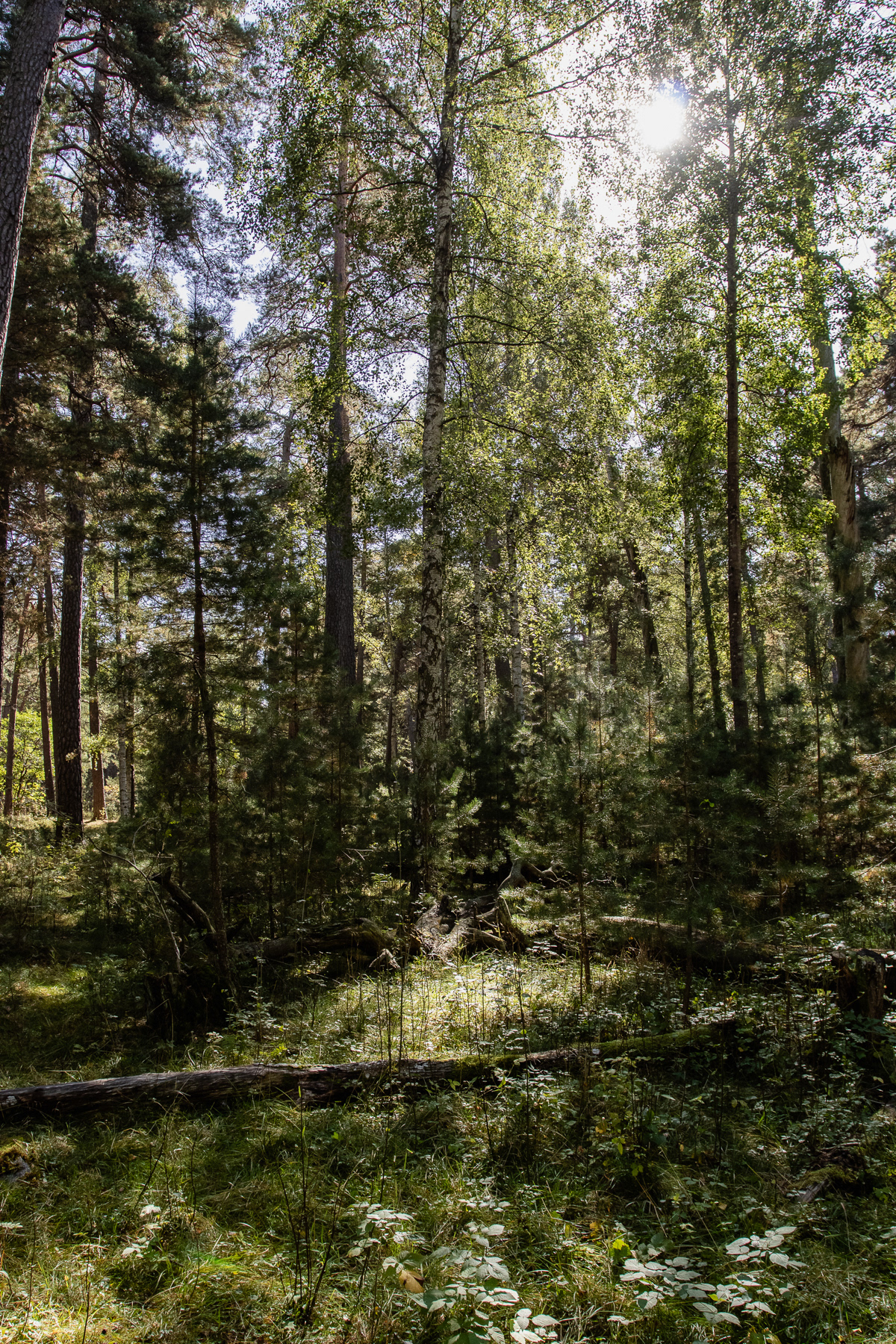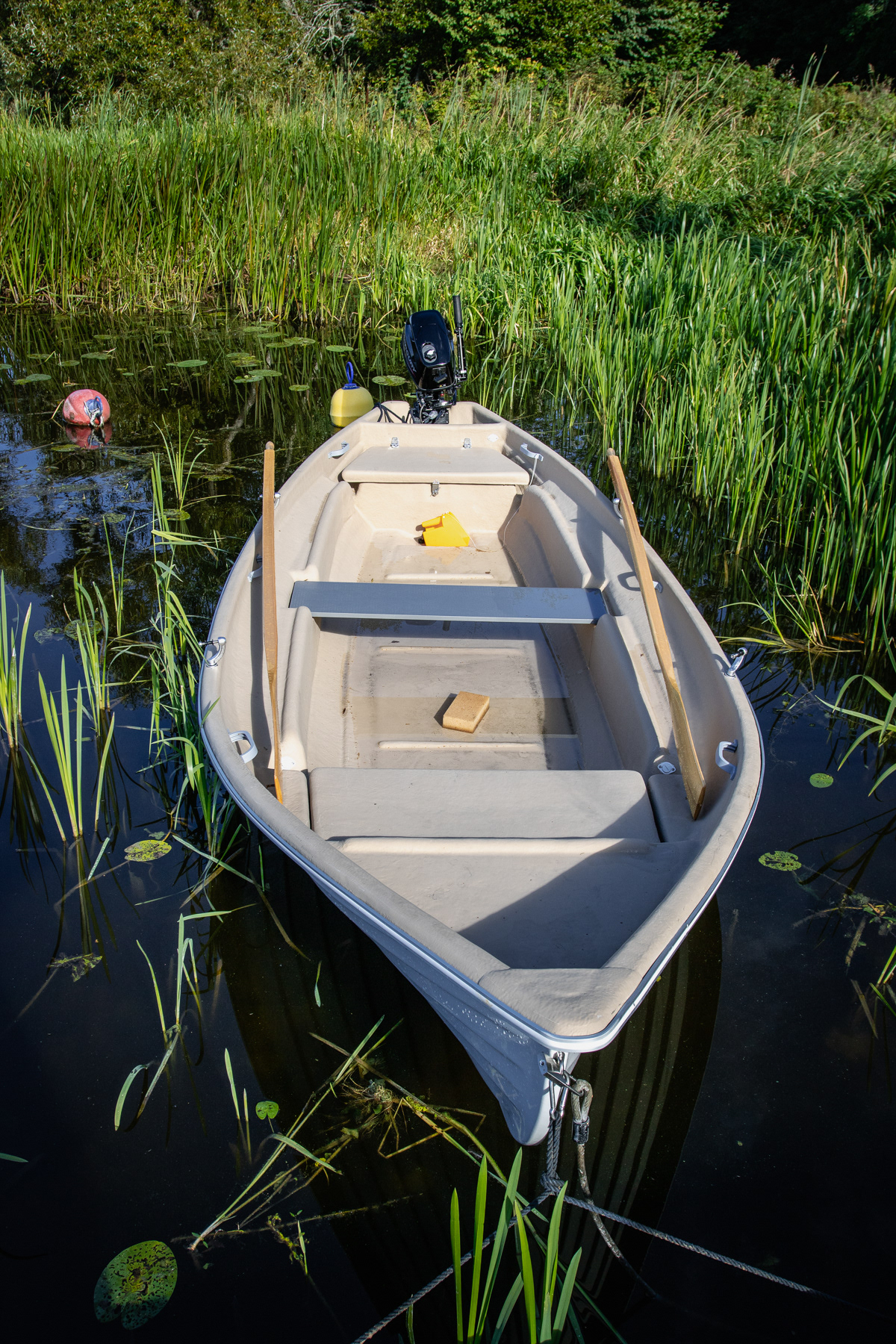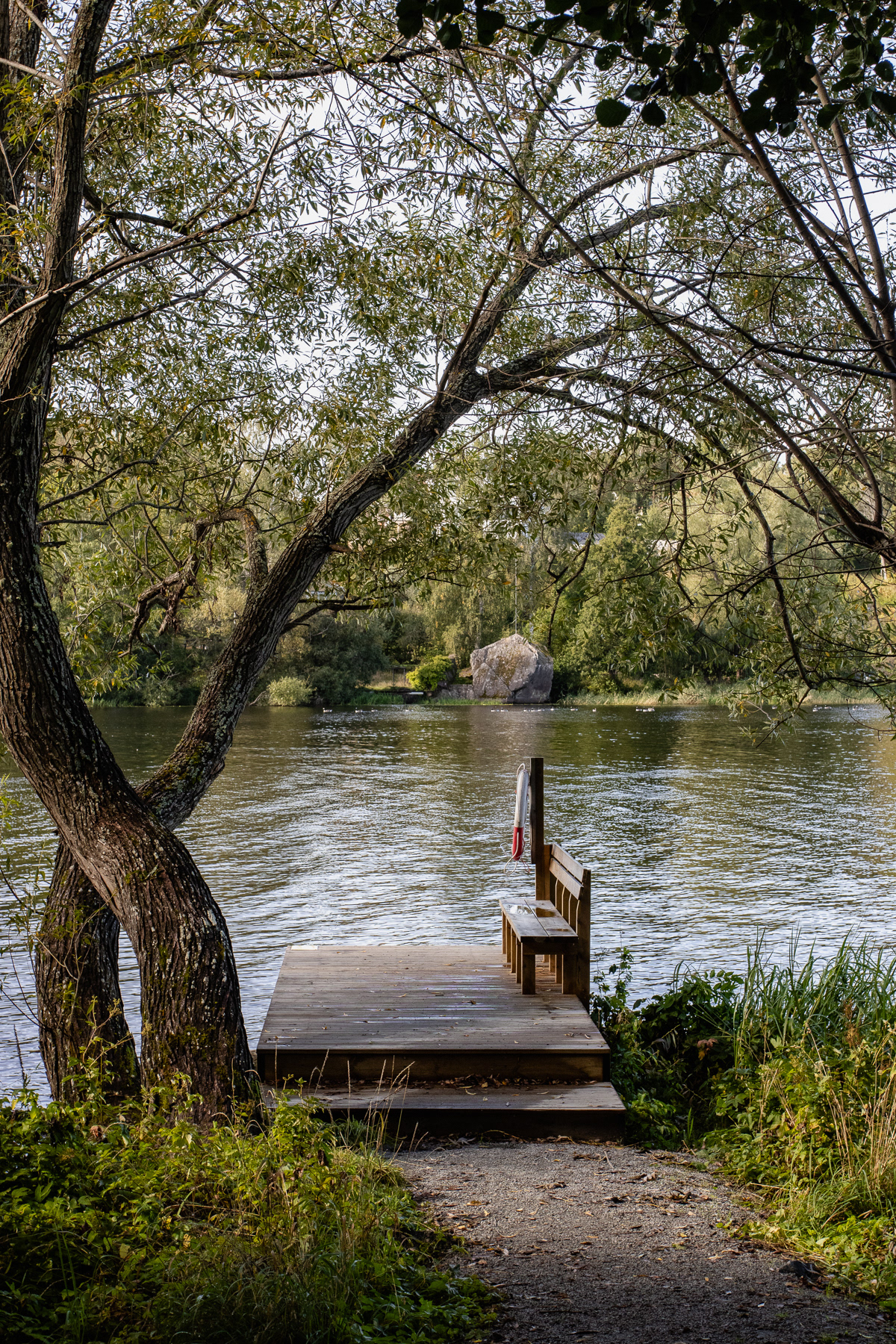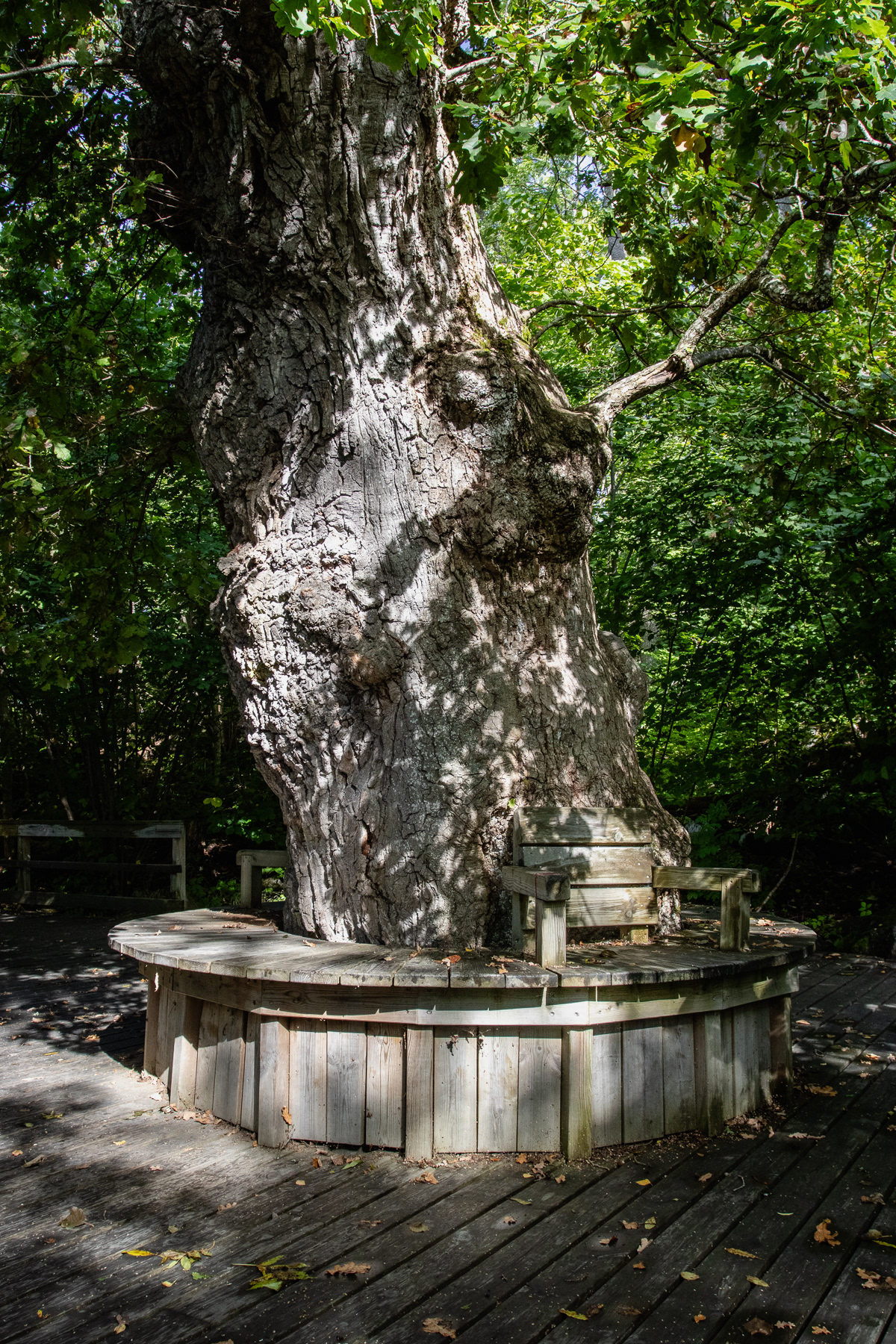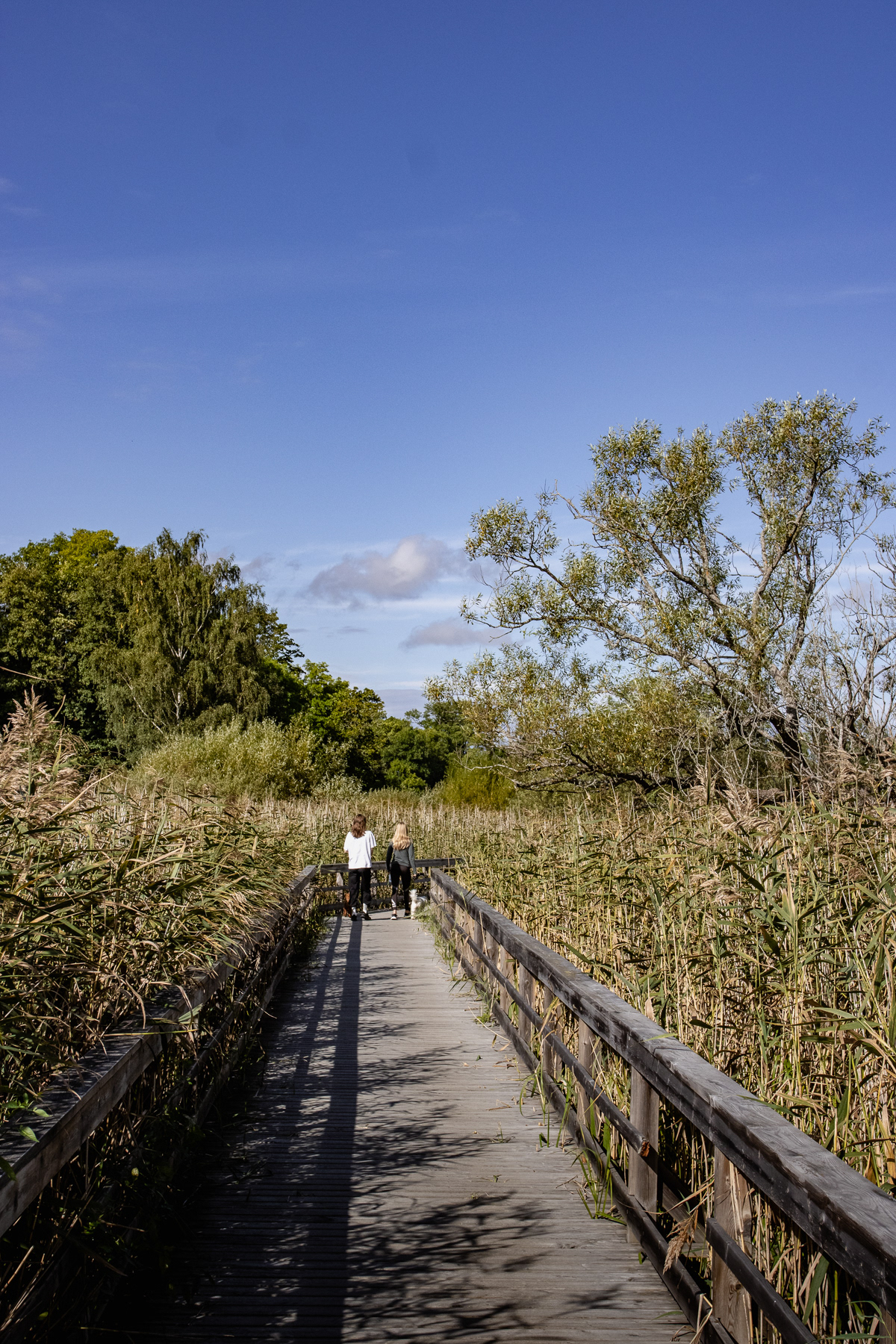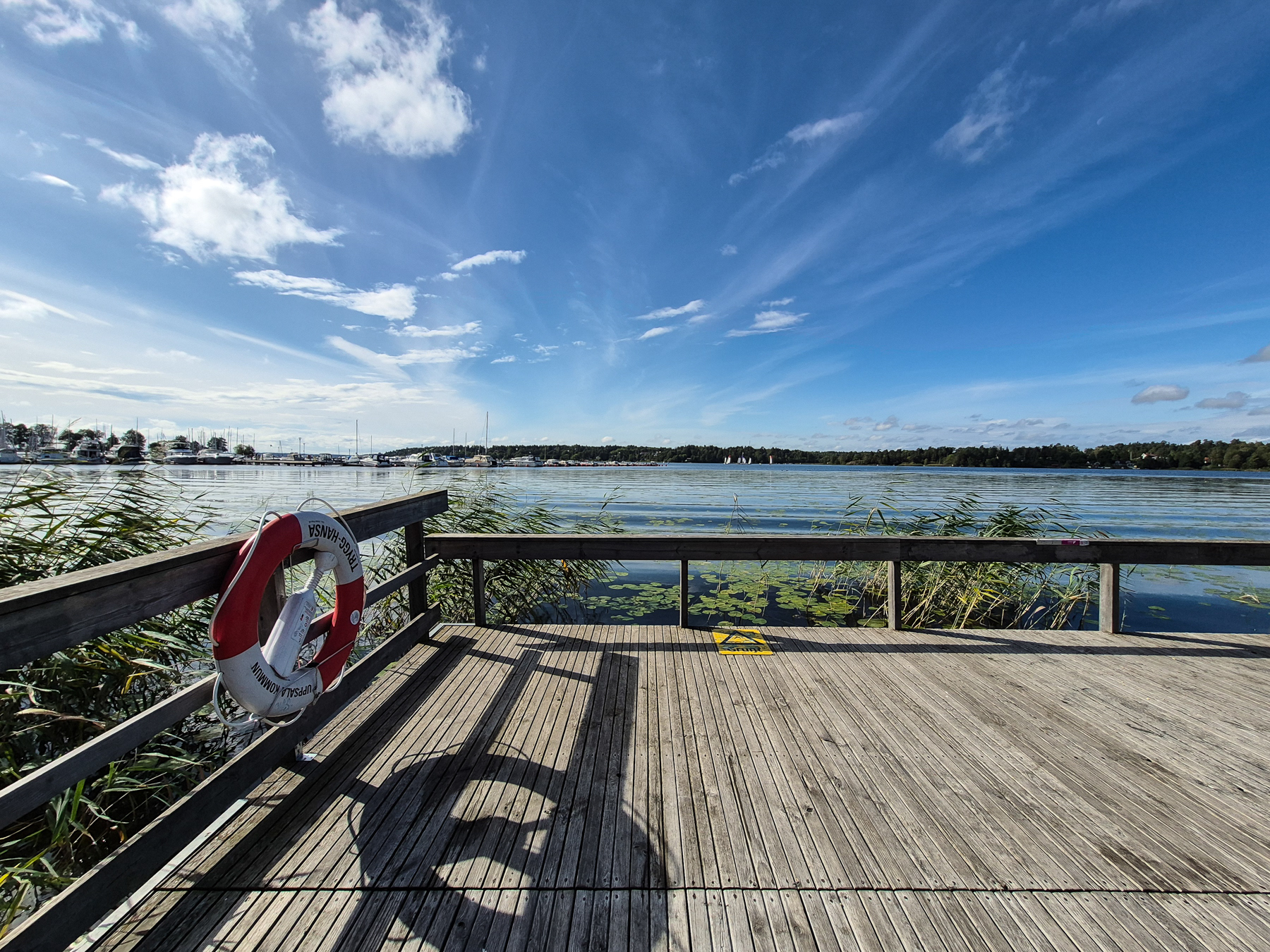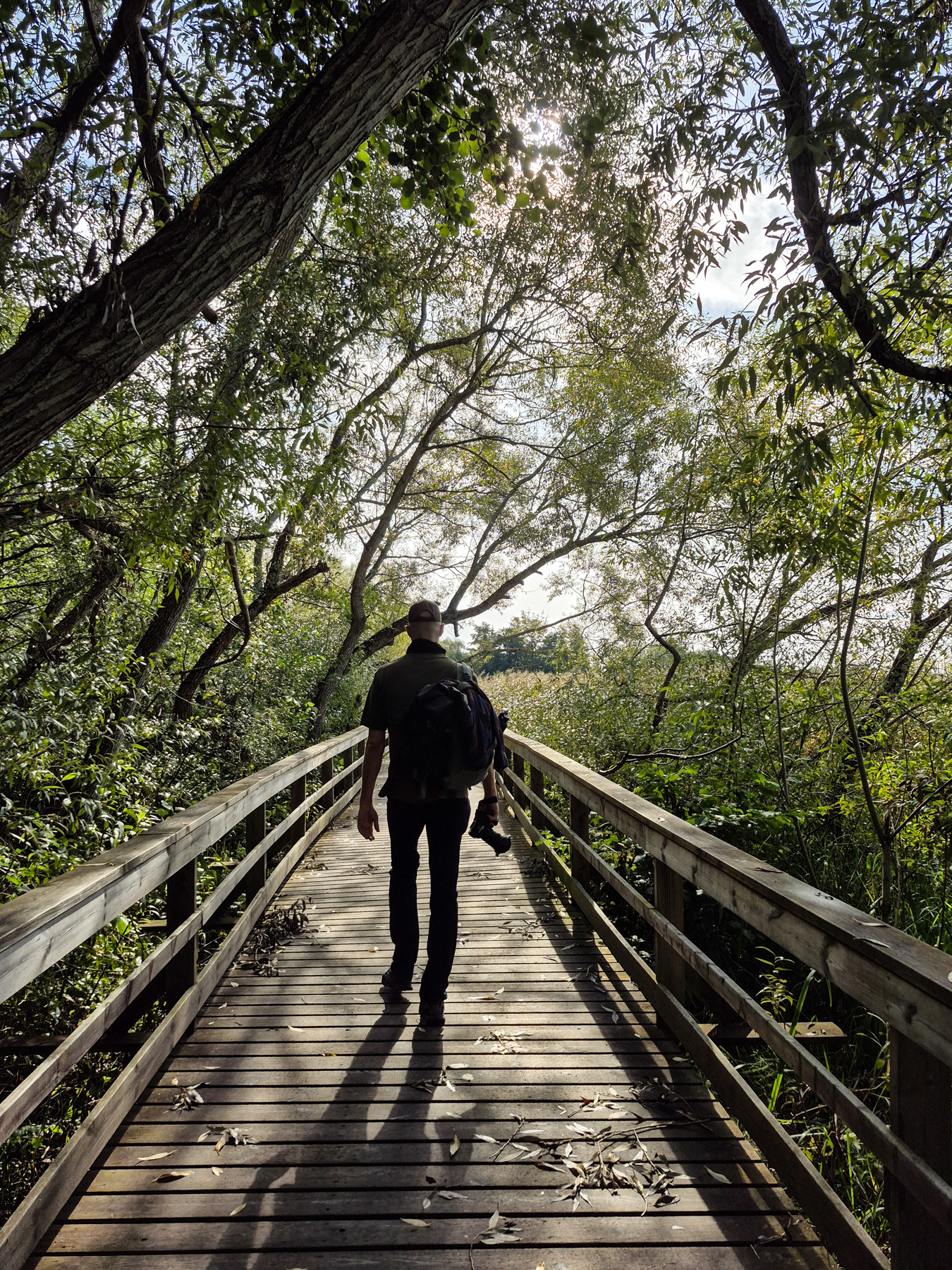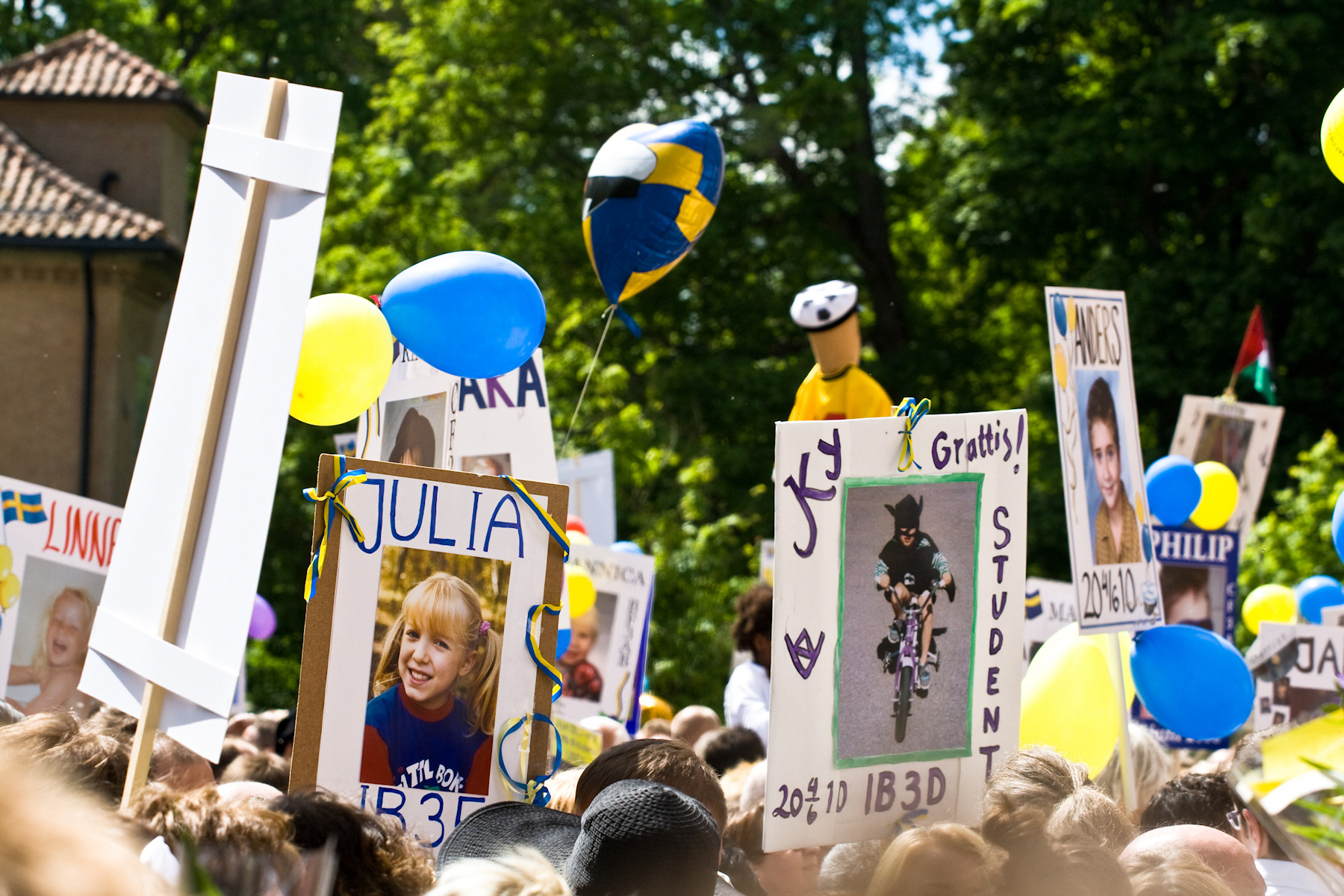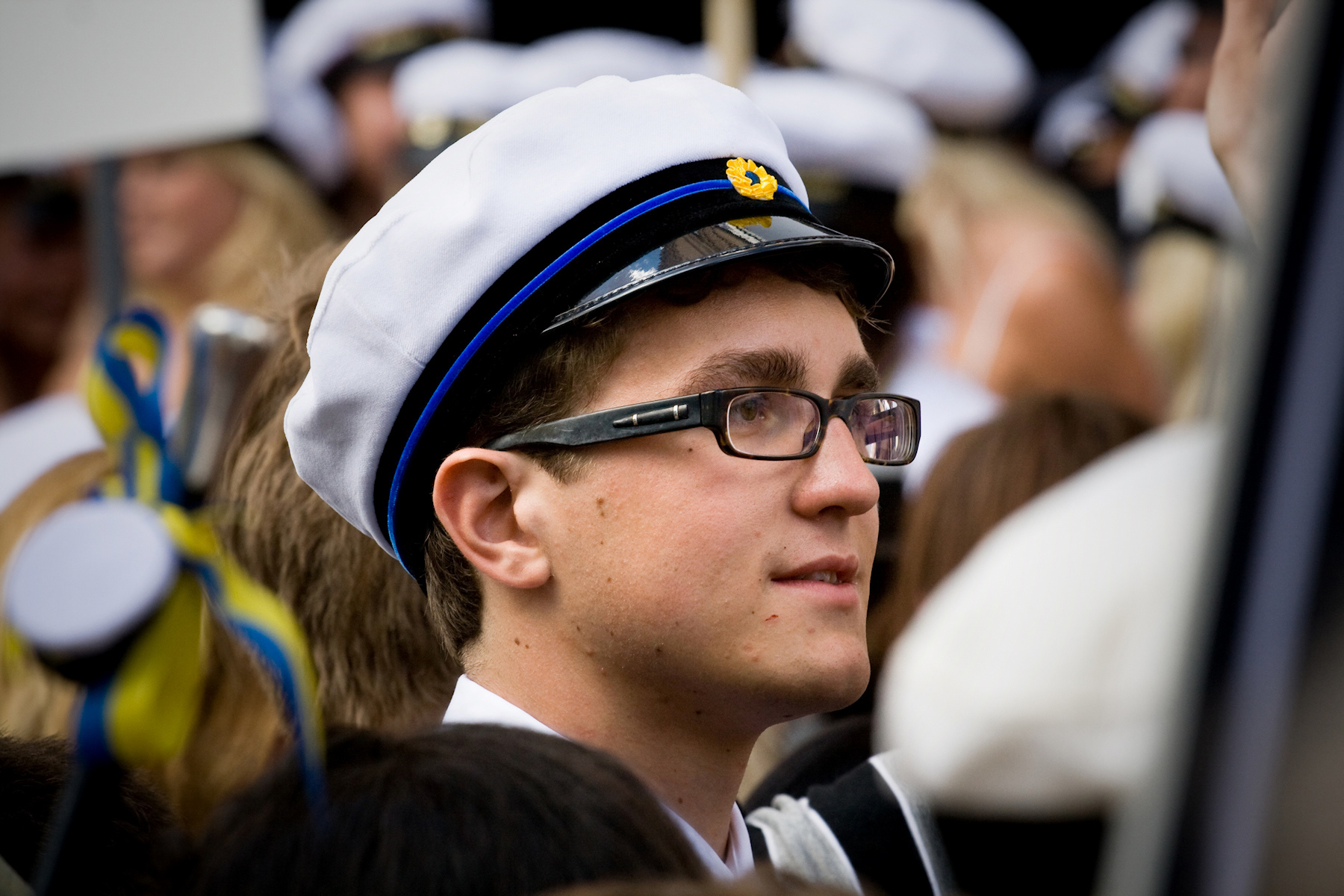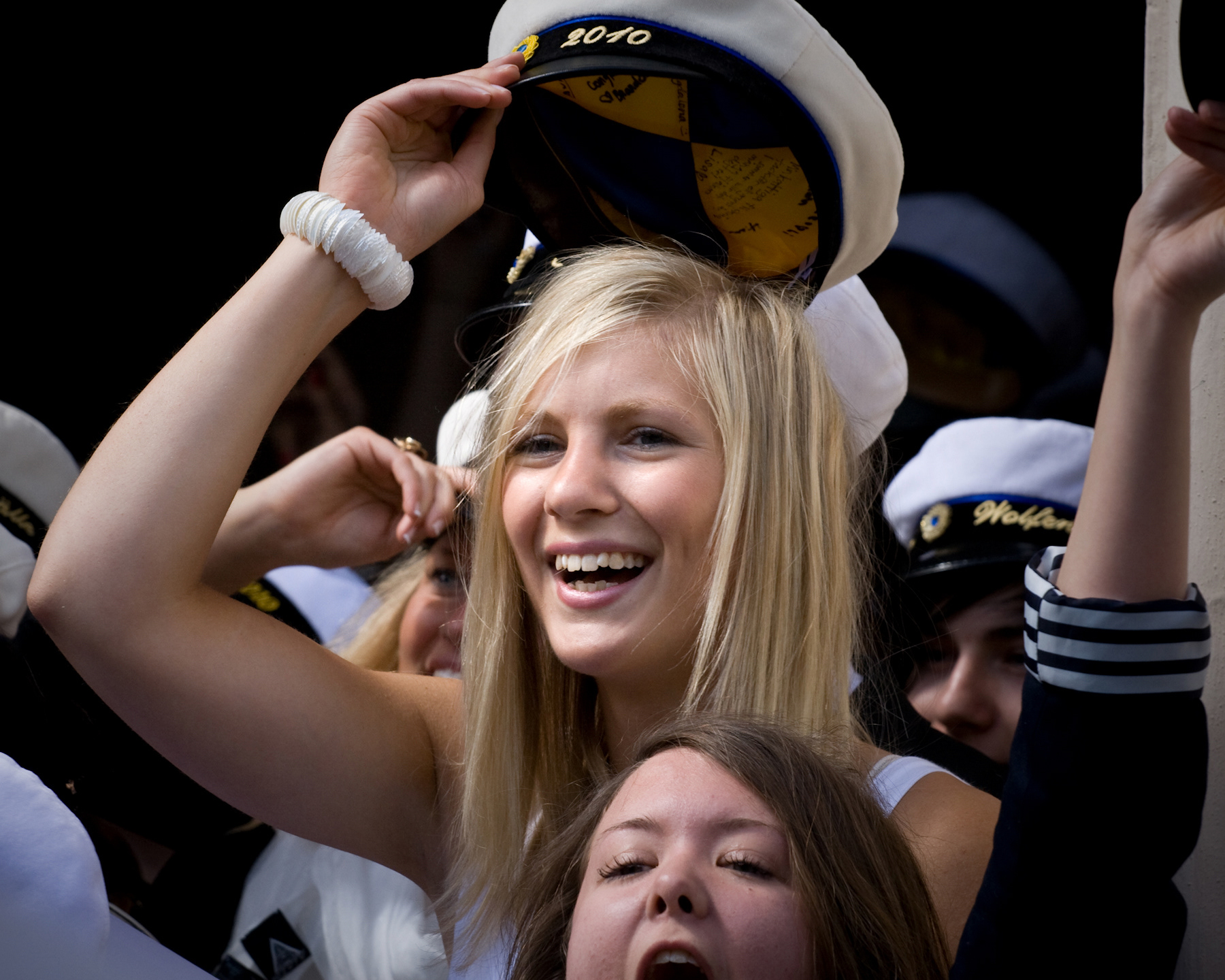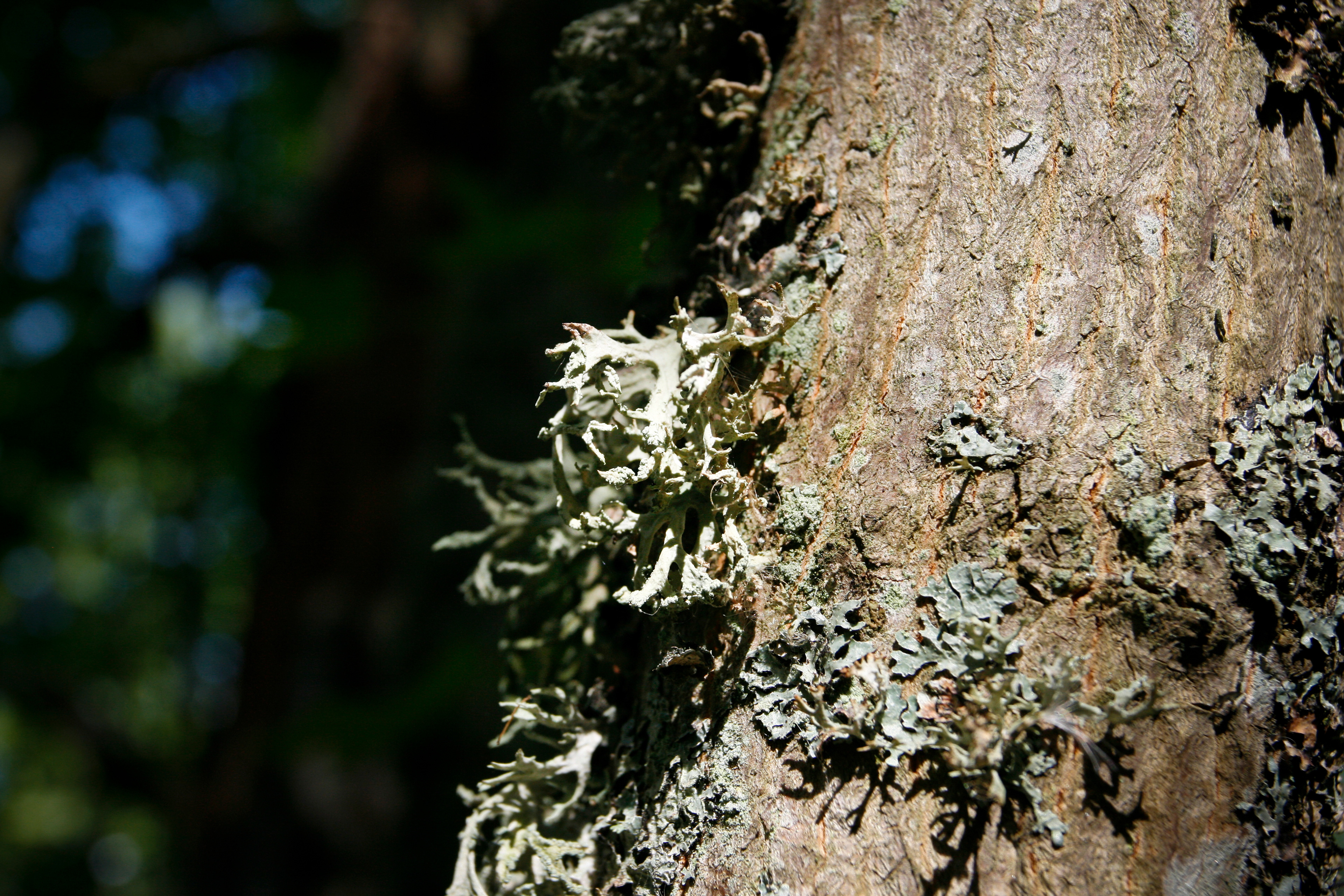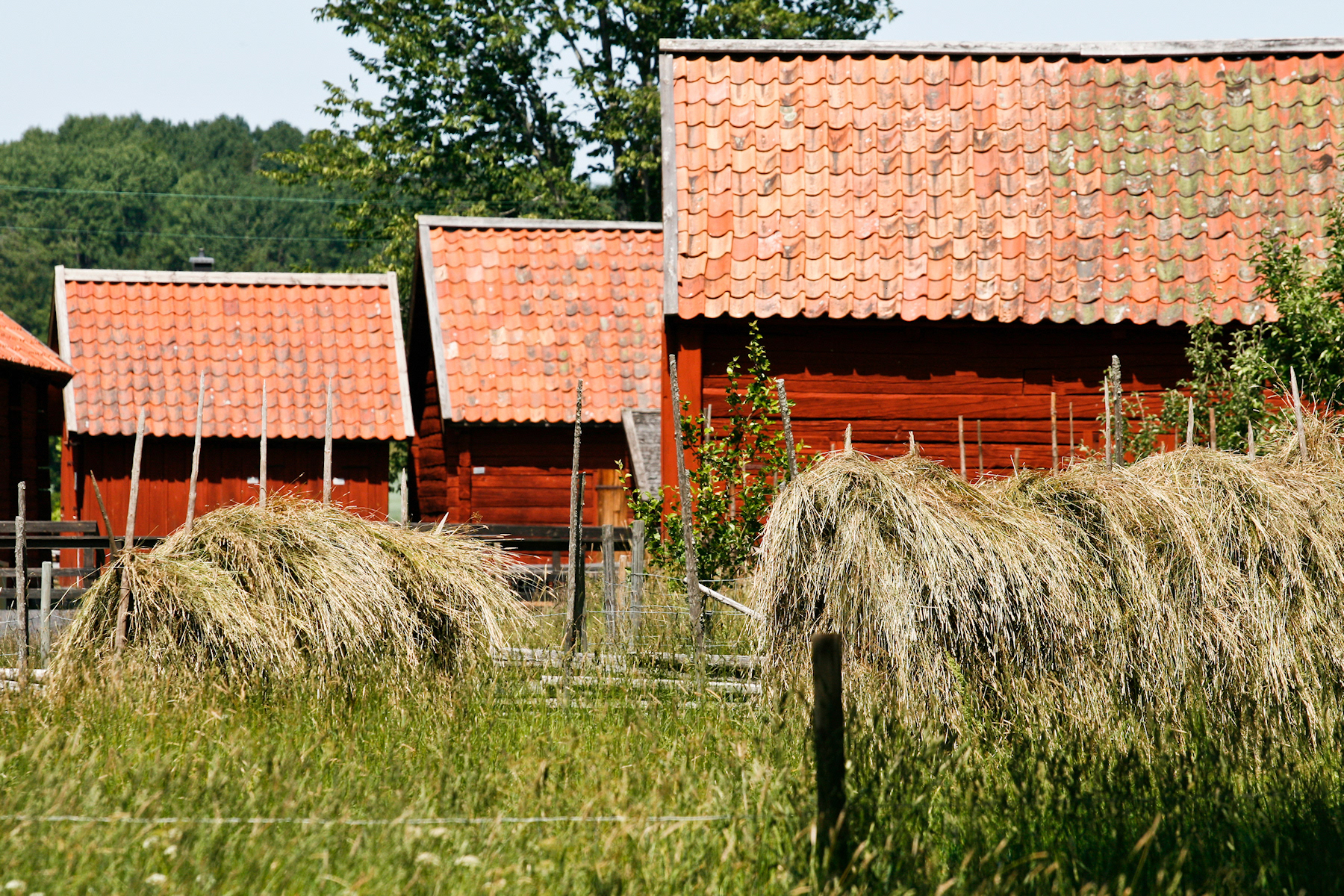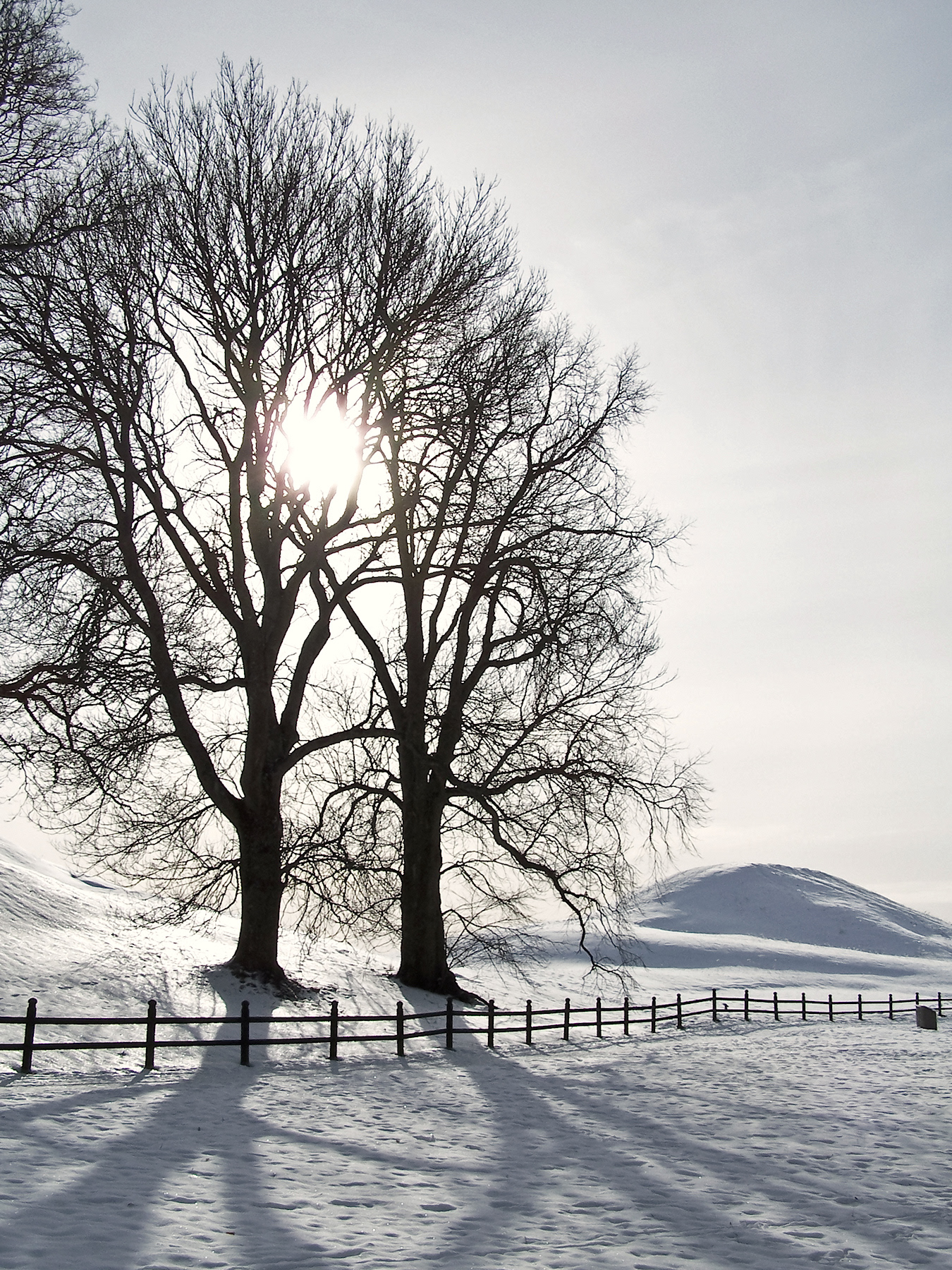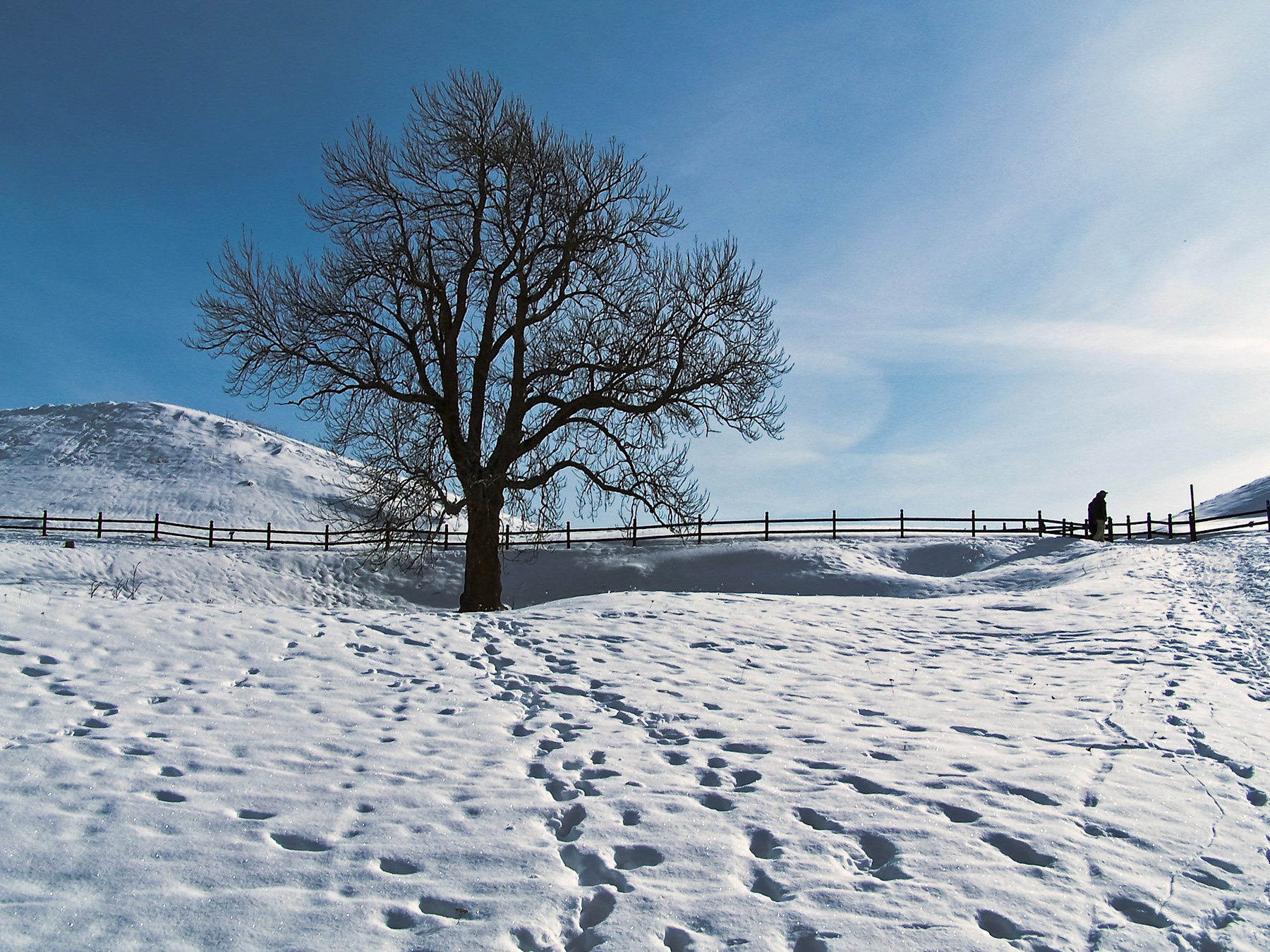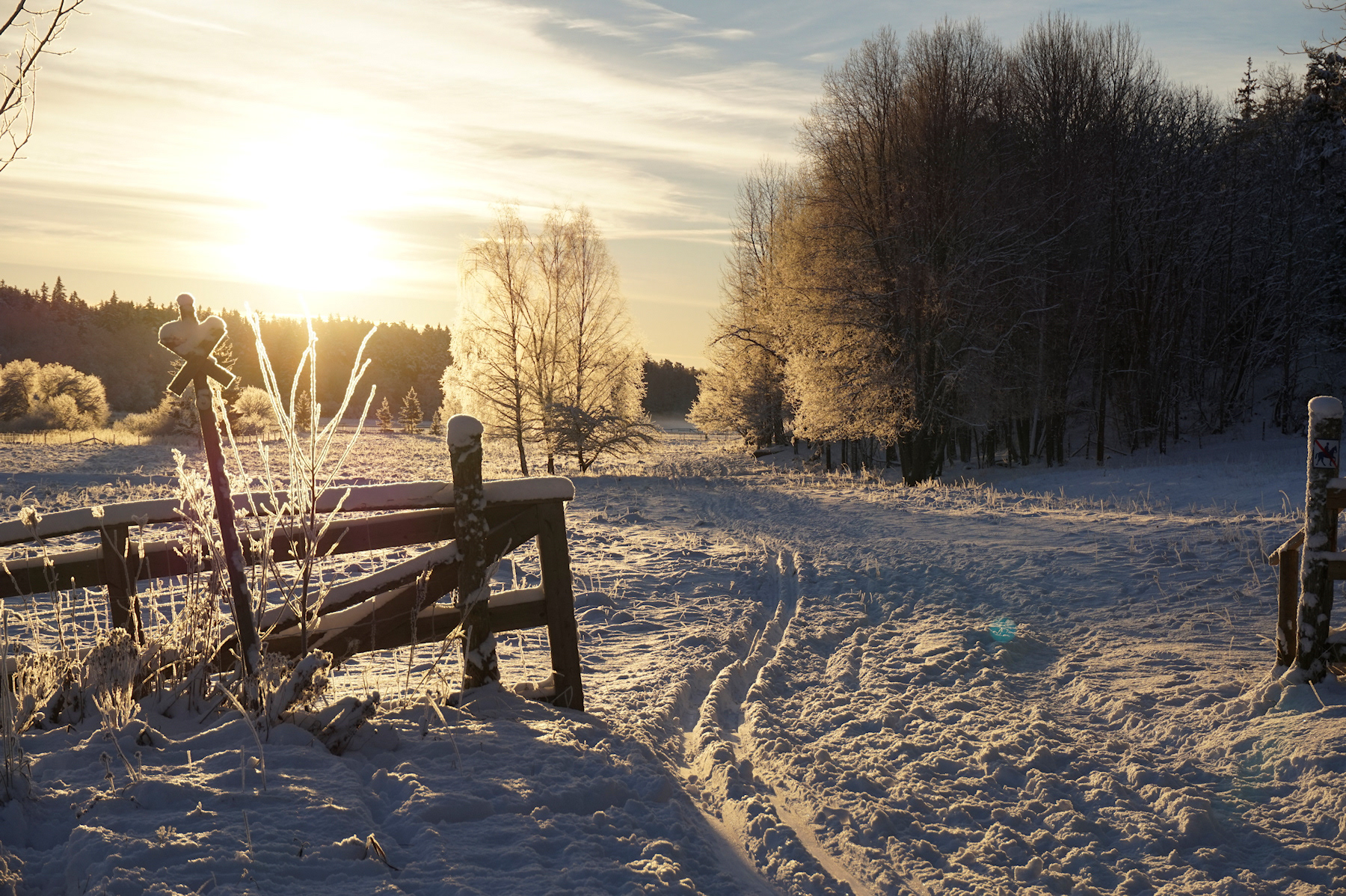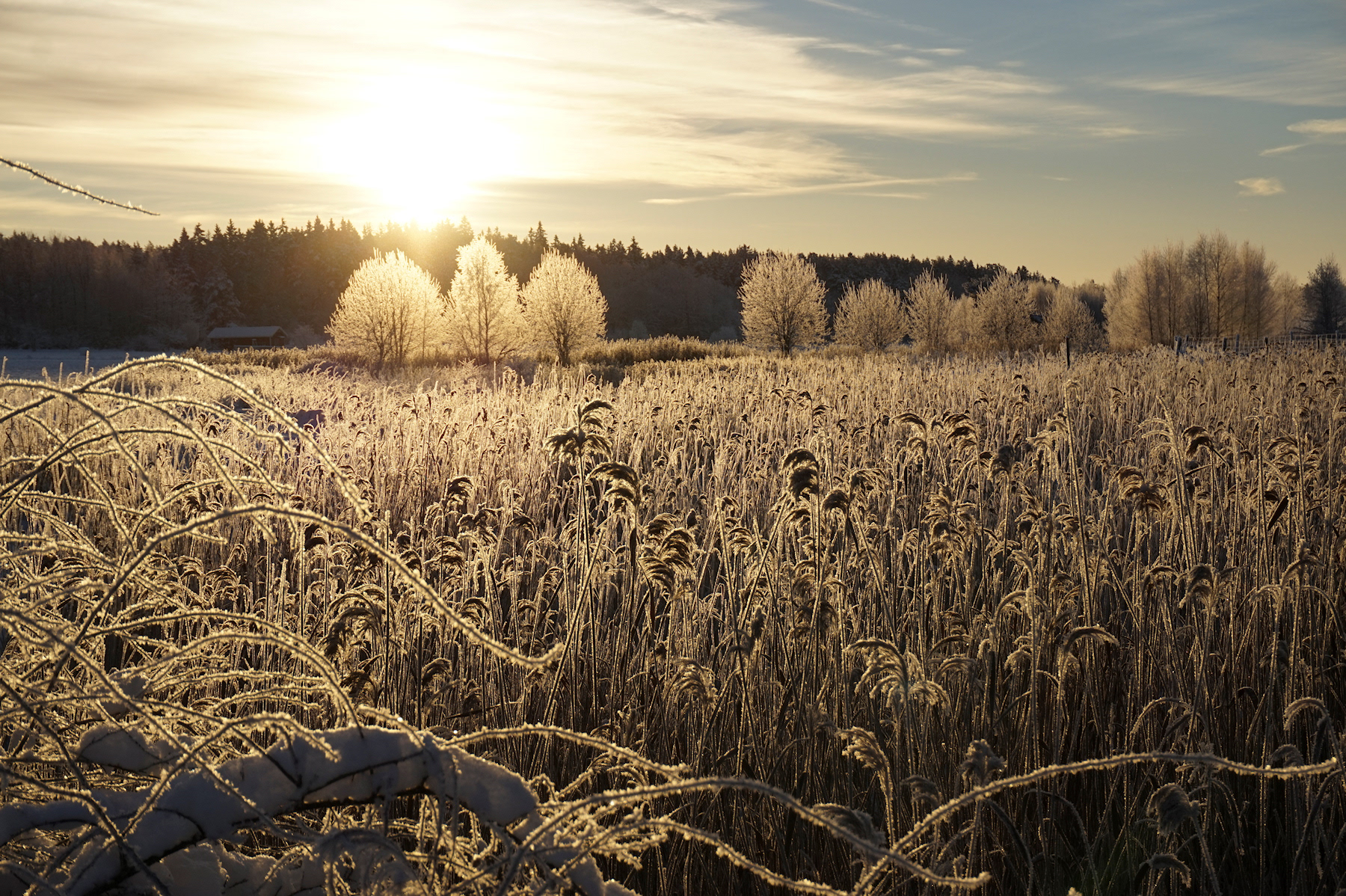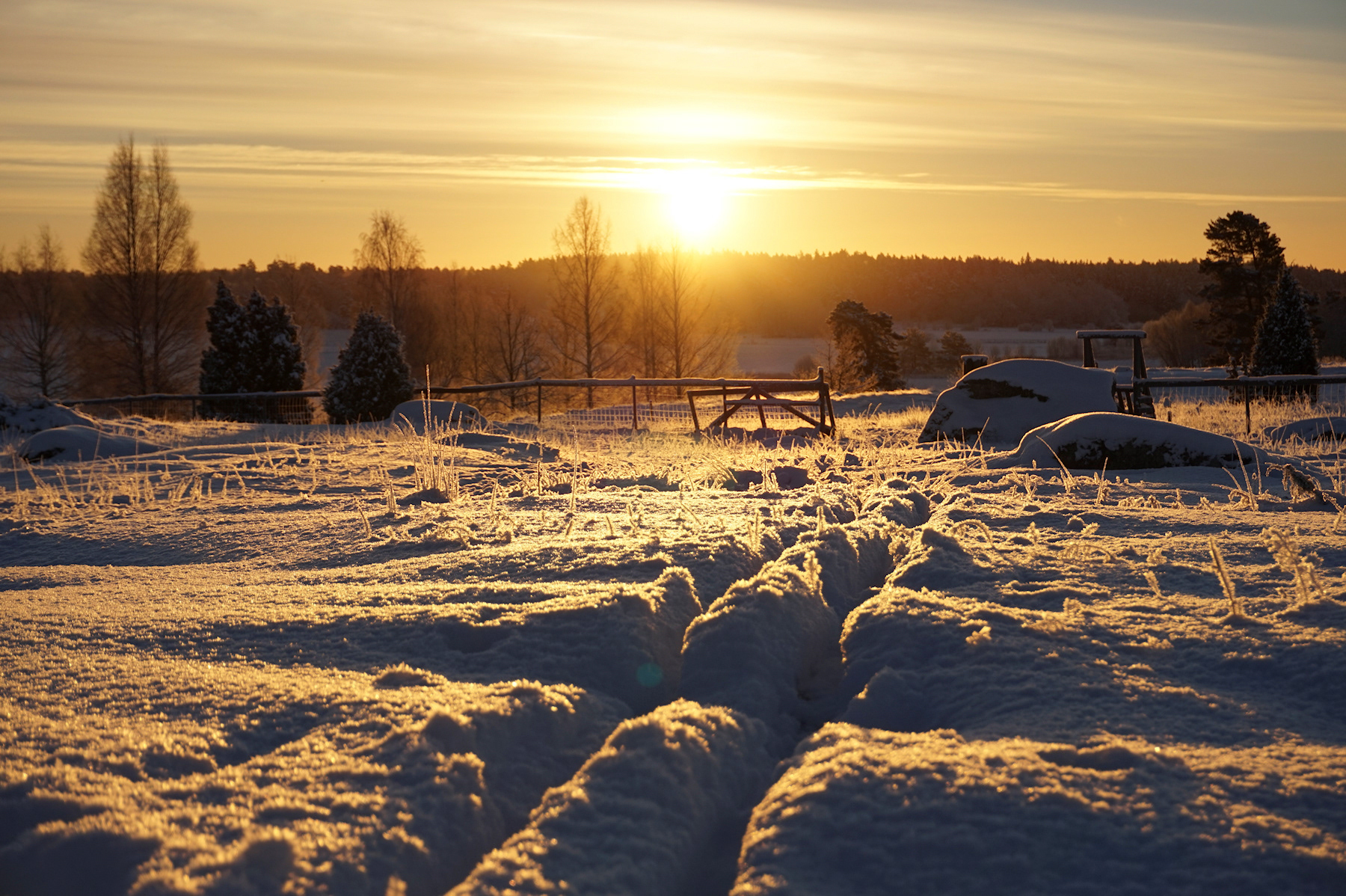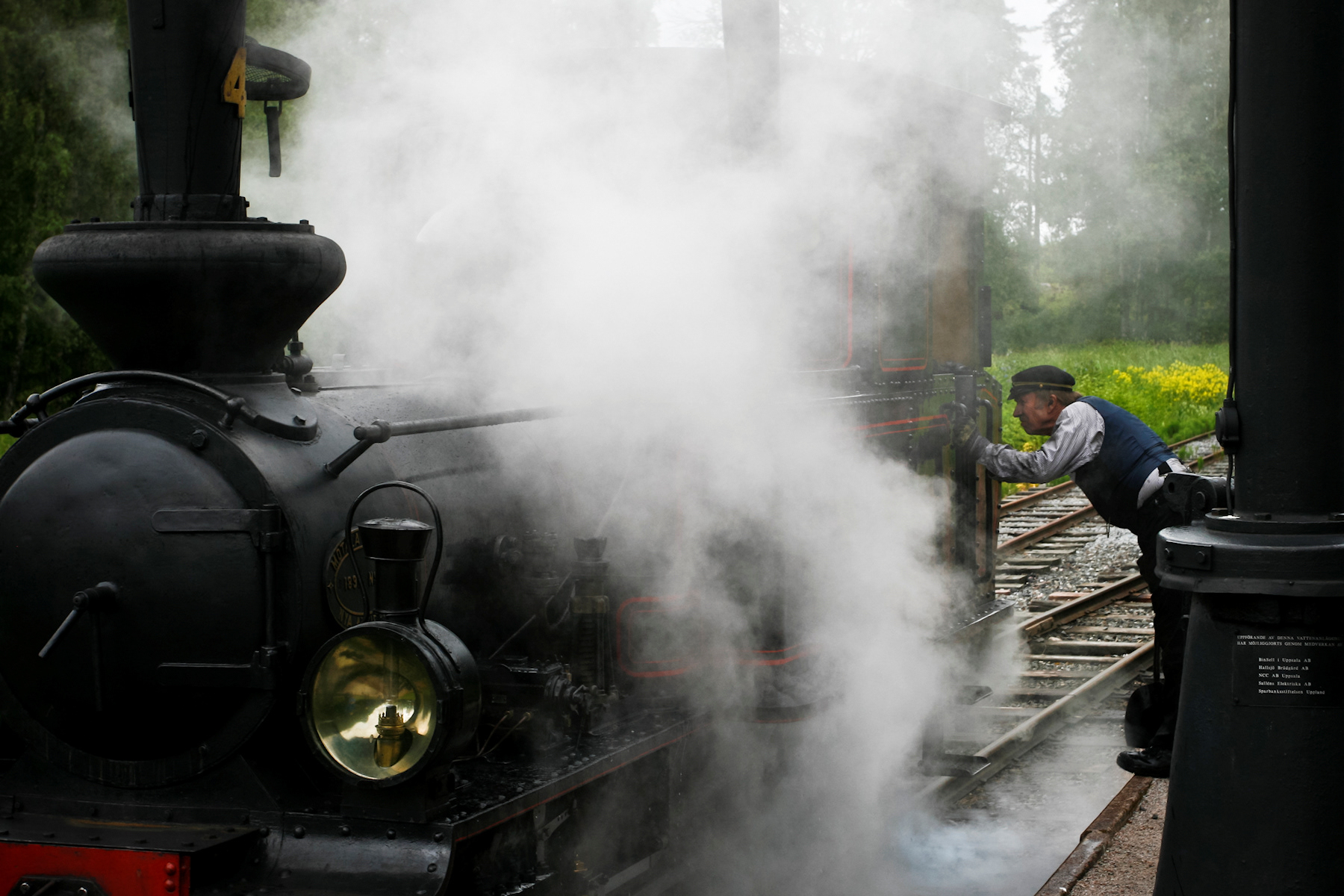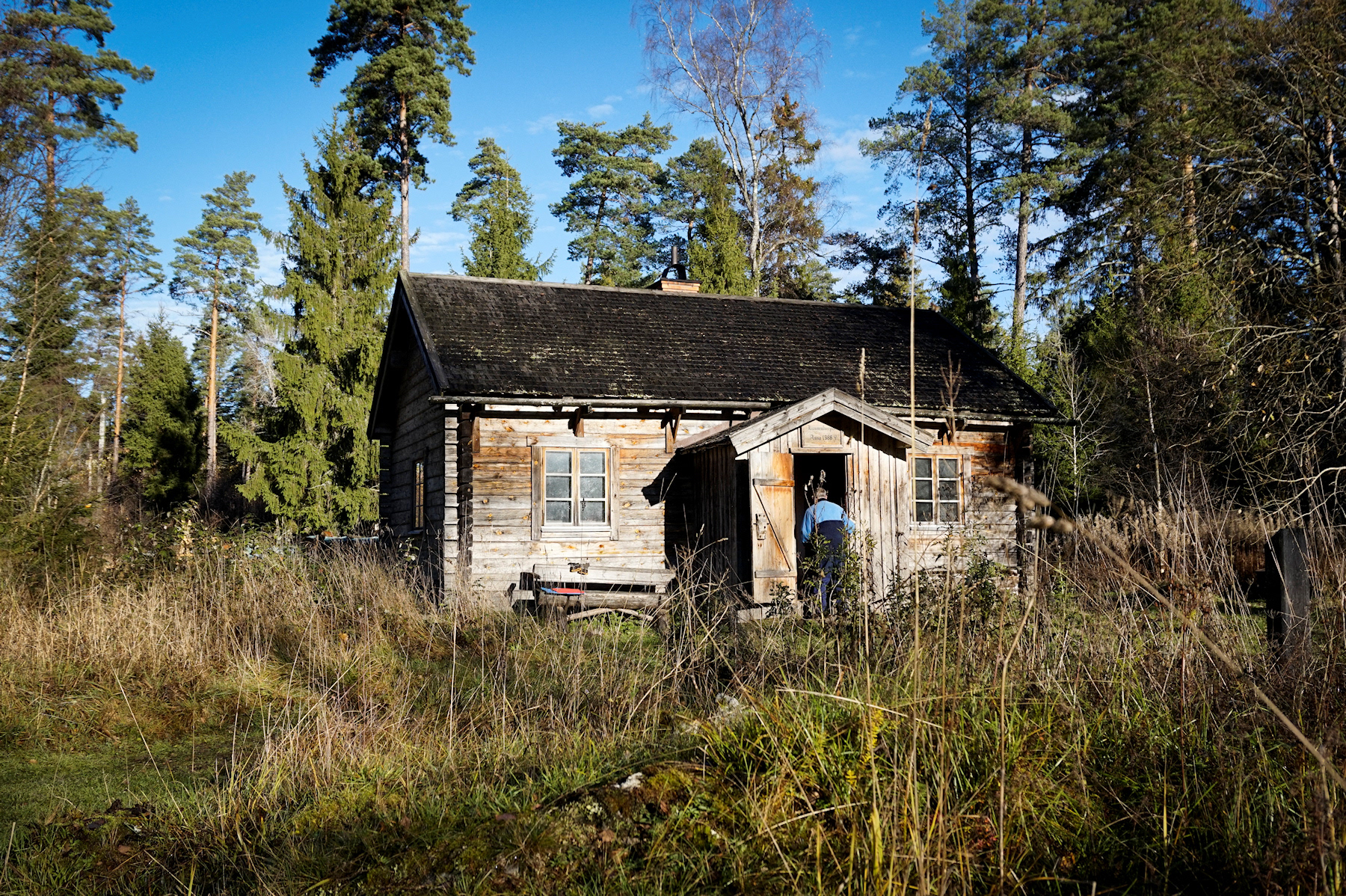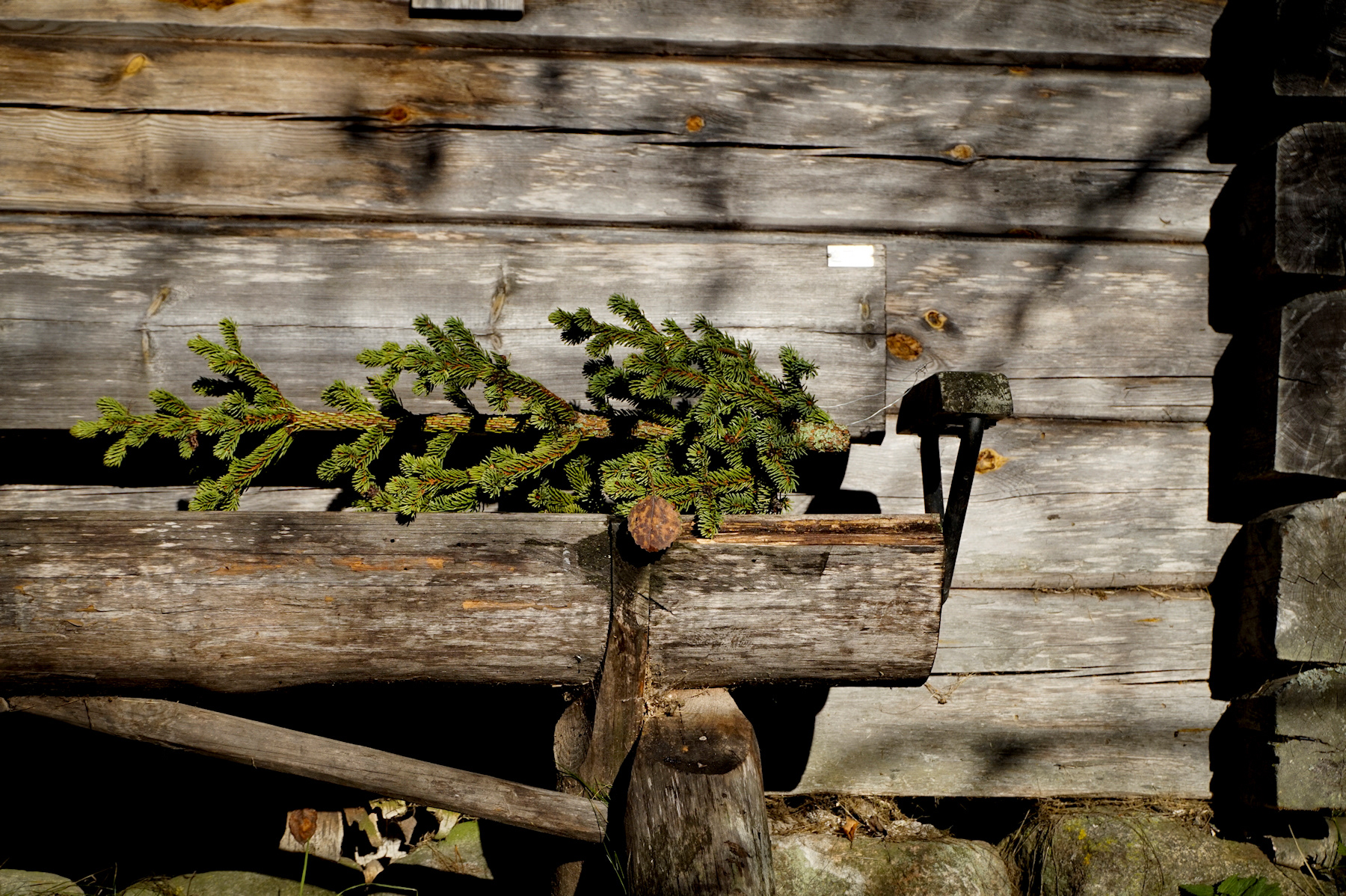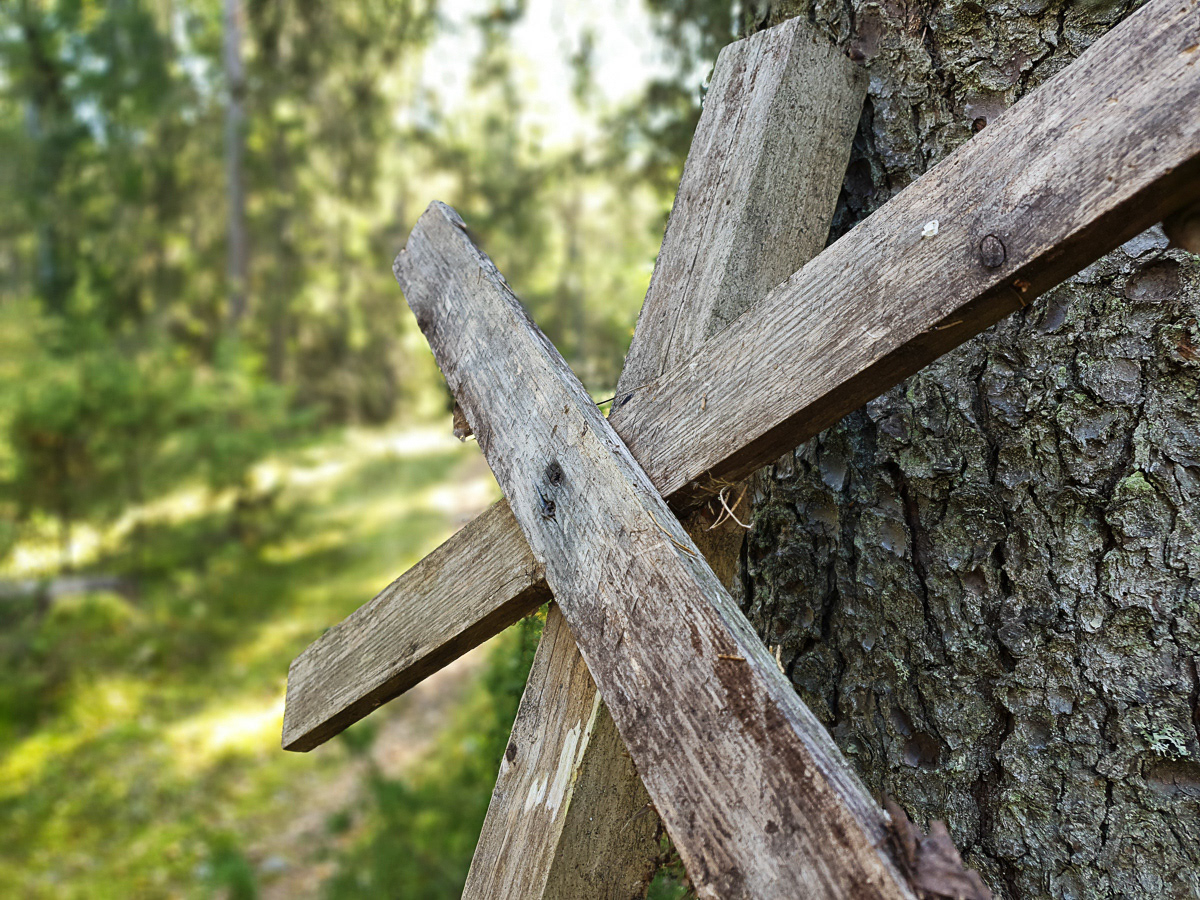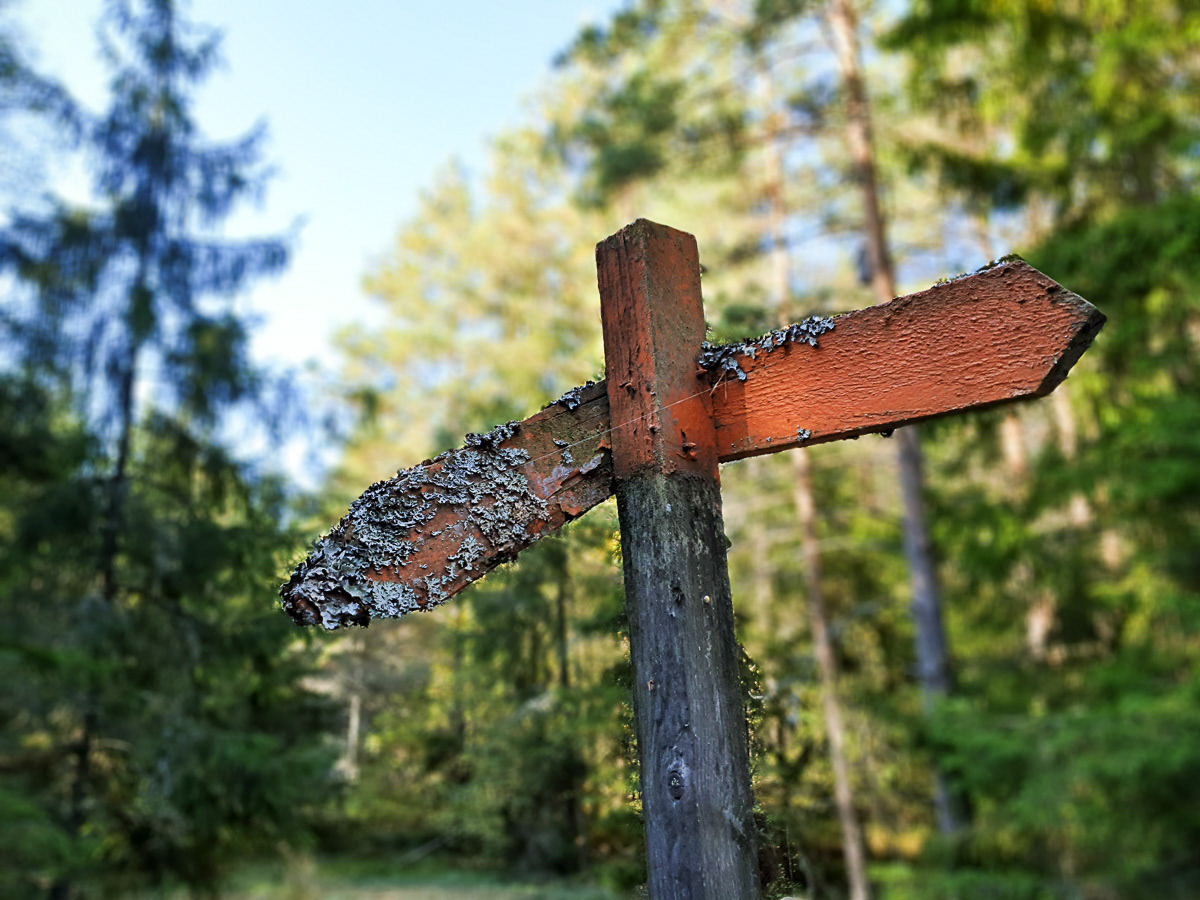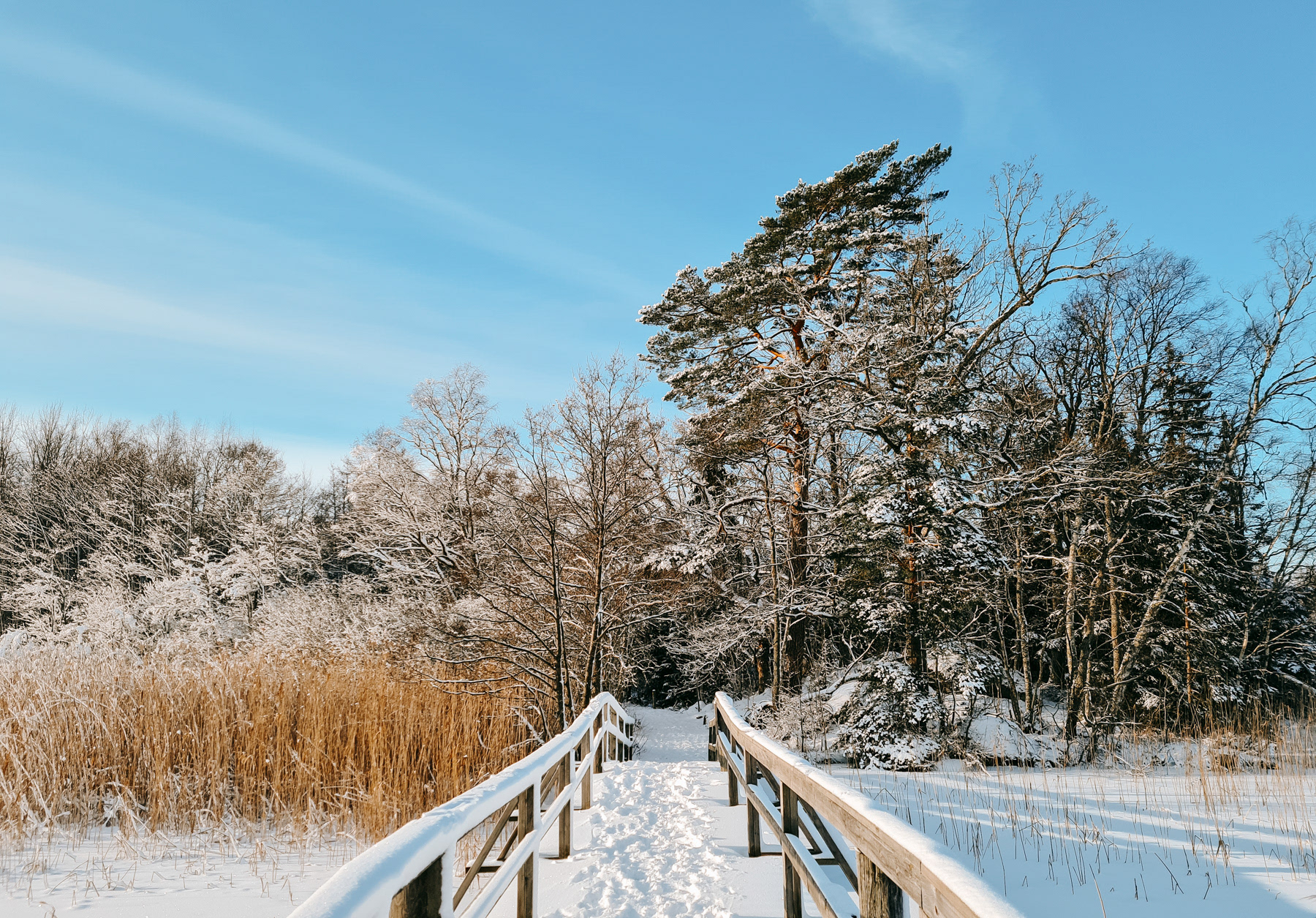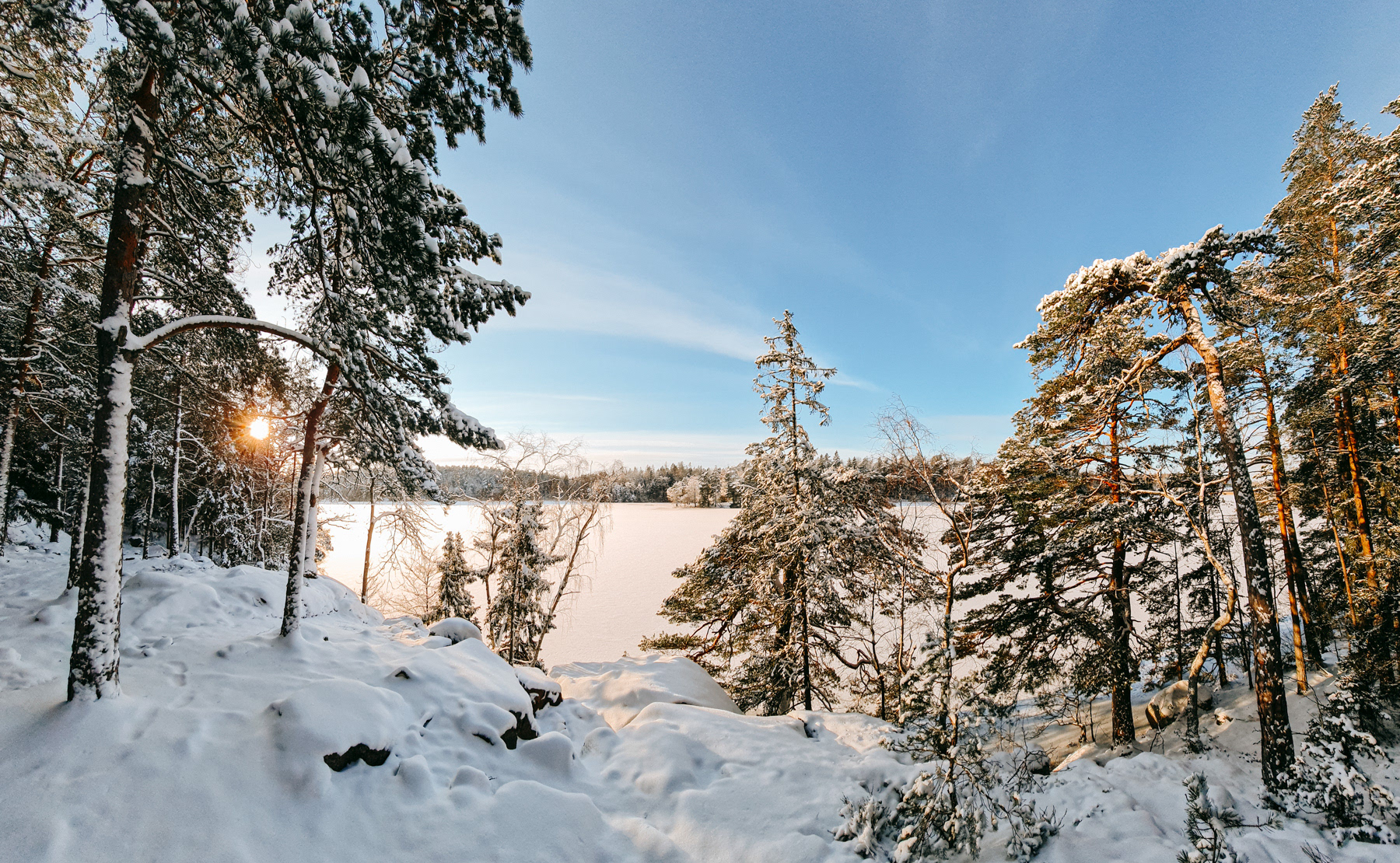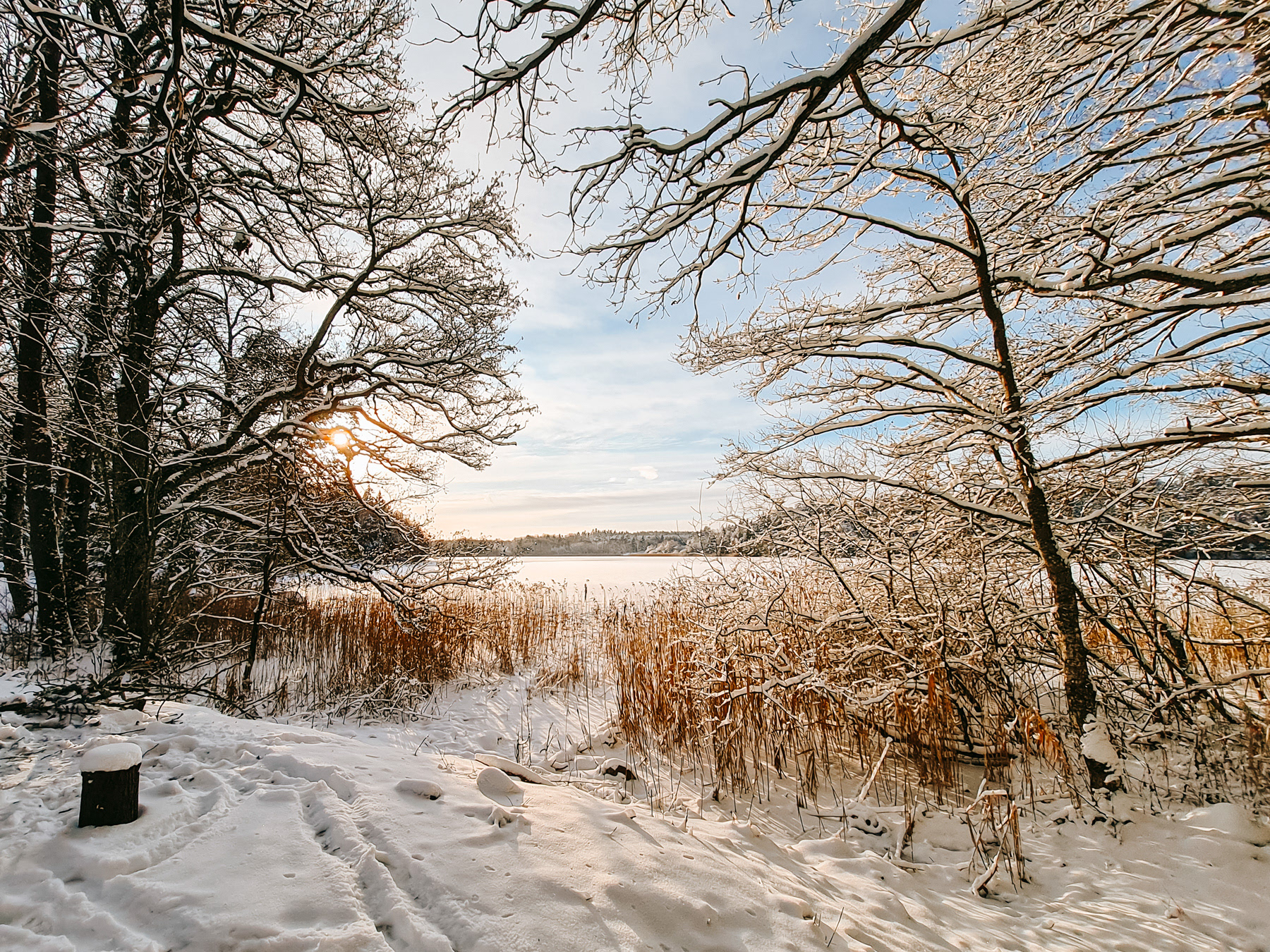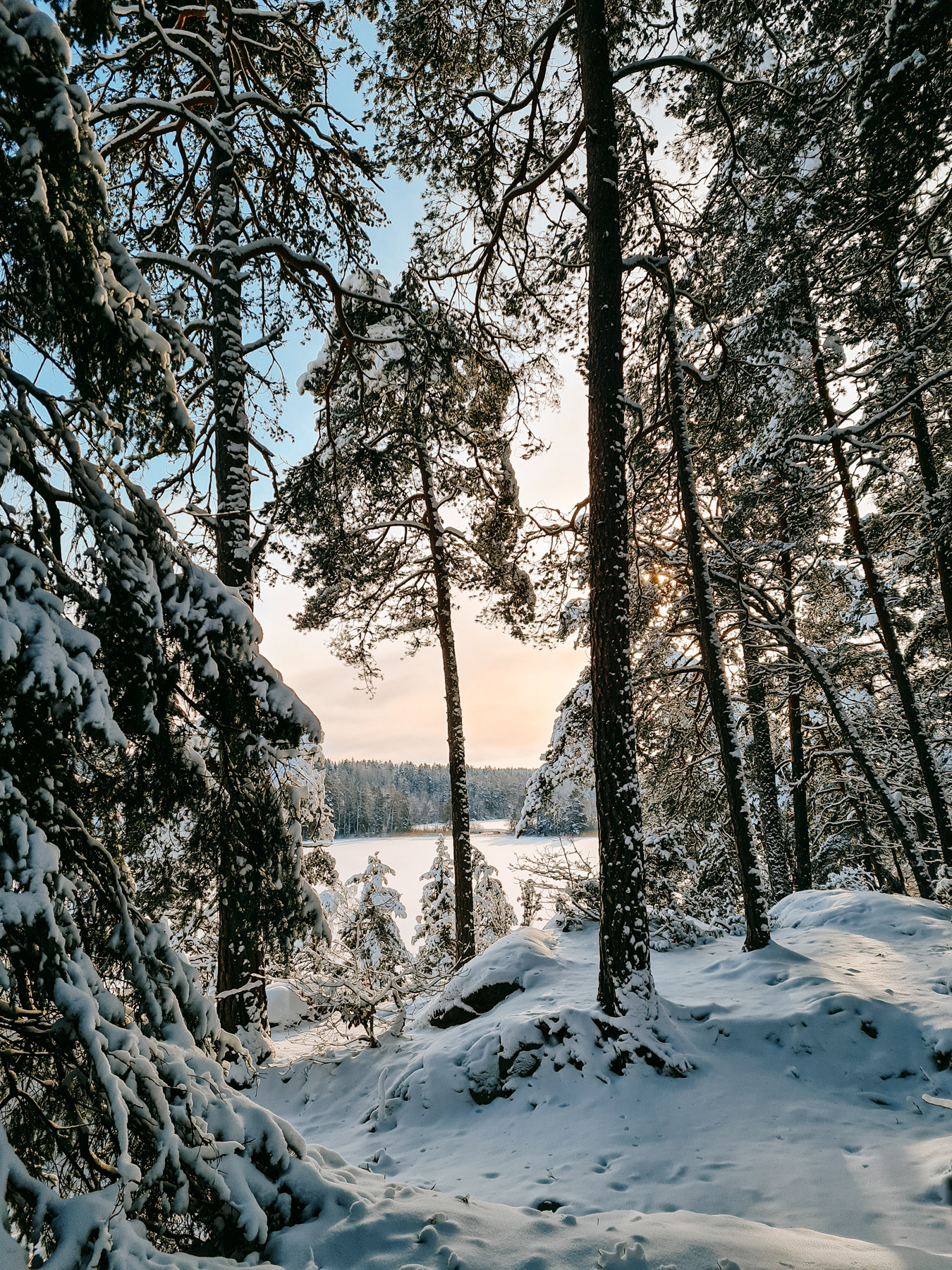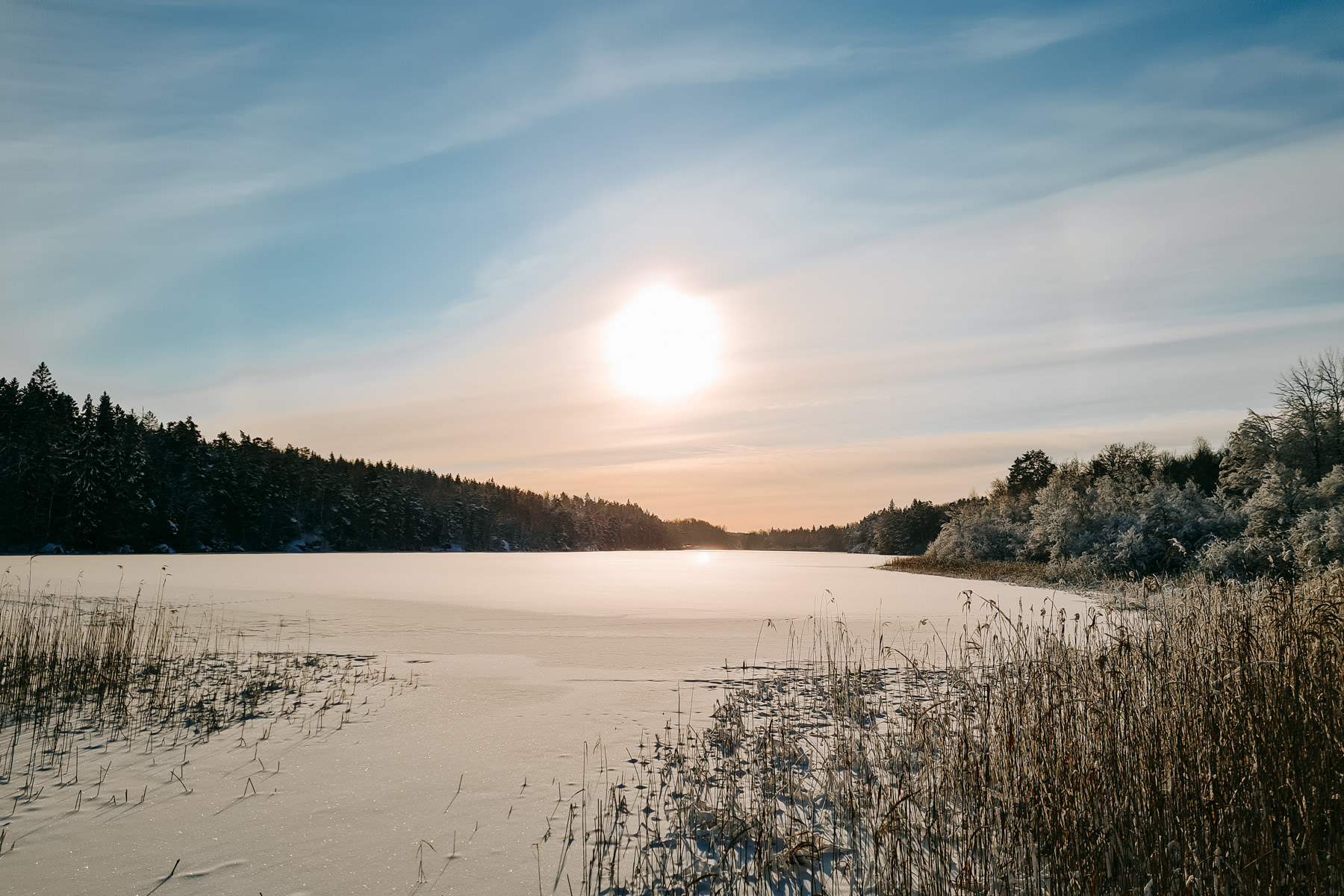Historic image of S:t Erikstorg square, a few years ago. The current visitor will notice minor changes.
Inside Uppsala Konsert & Kongress, September 2025.

View of the botanical gardens from castle hill
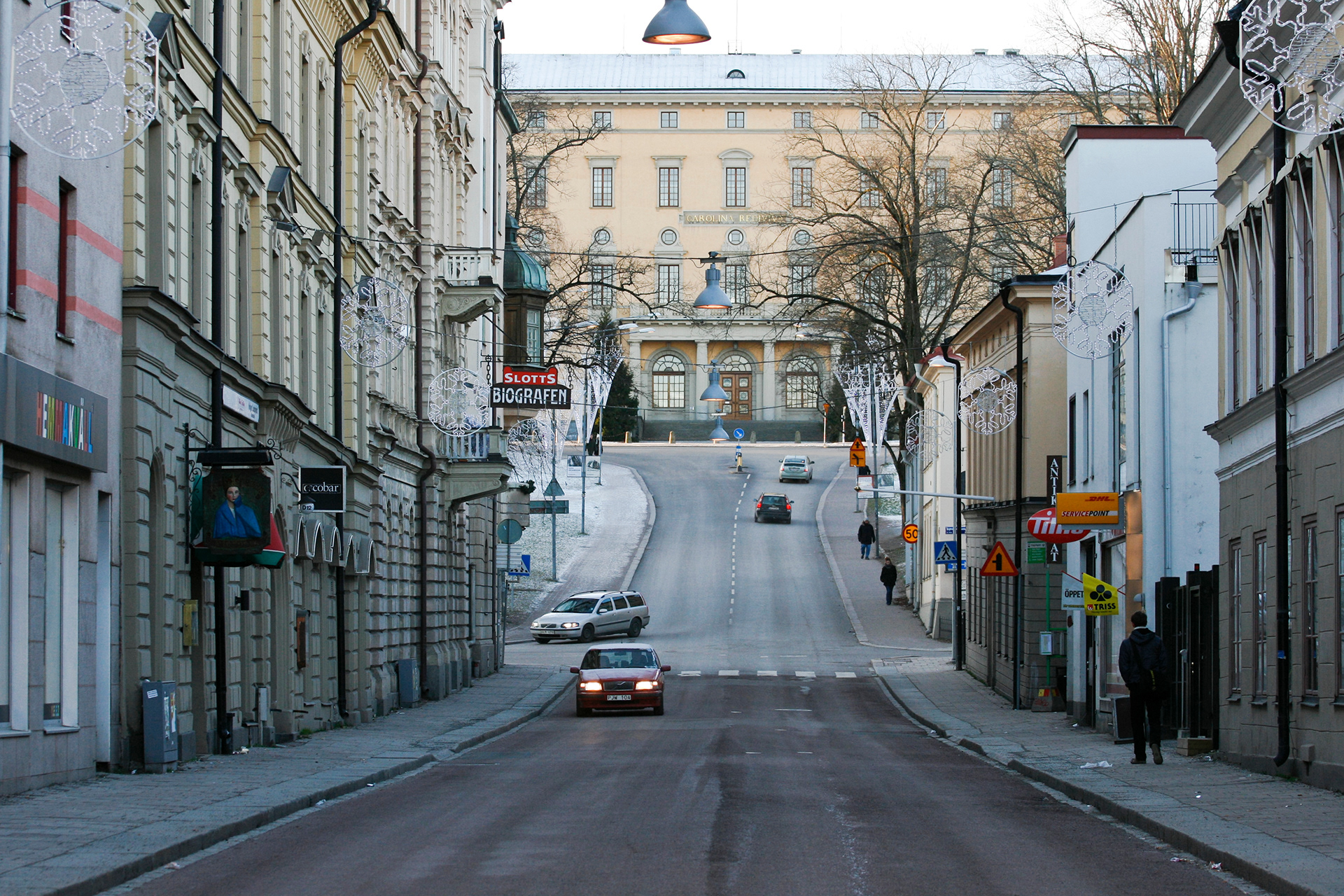
Drottninggatan with Carolina Rediviva, the main university board building, on top of the hill.
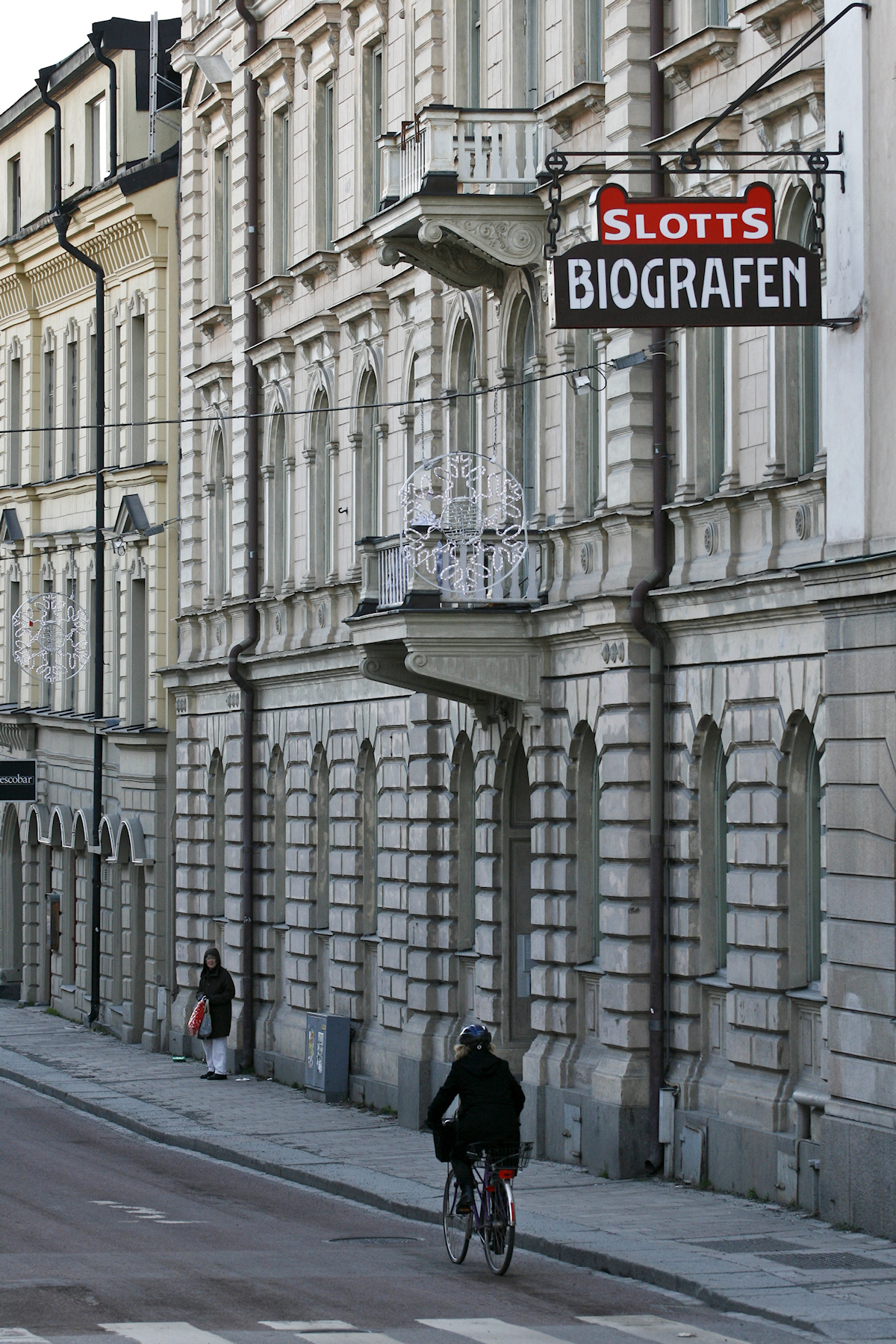
Drottninggatan (Queens street) features as as set in the MIllennium films.
Järnbron, the Iron Bridge in Uppsala
Valvgatan
The former goods magazine at the central railway station, now turned into shops, café and bar/live stage.
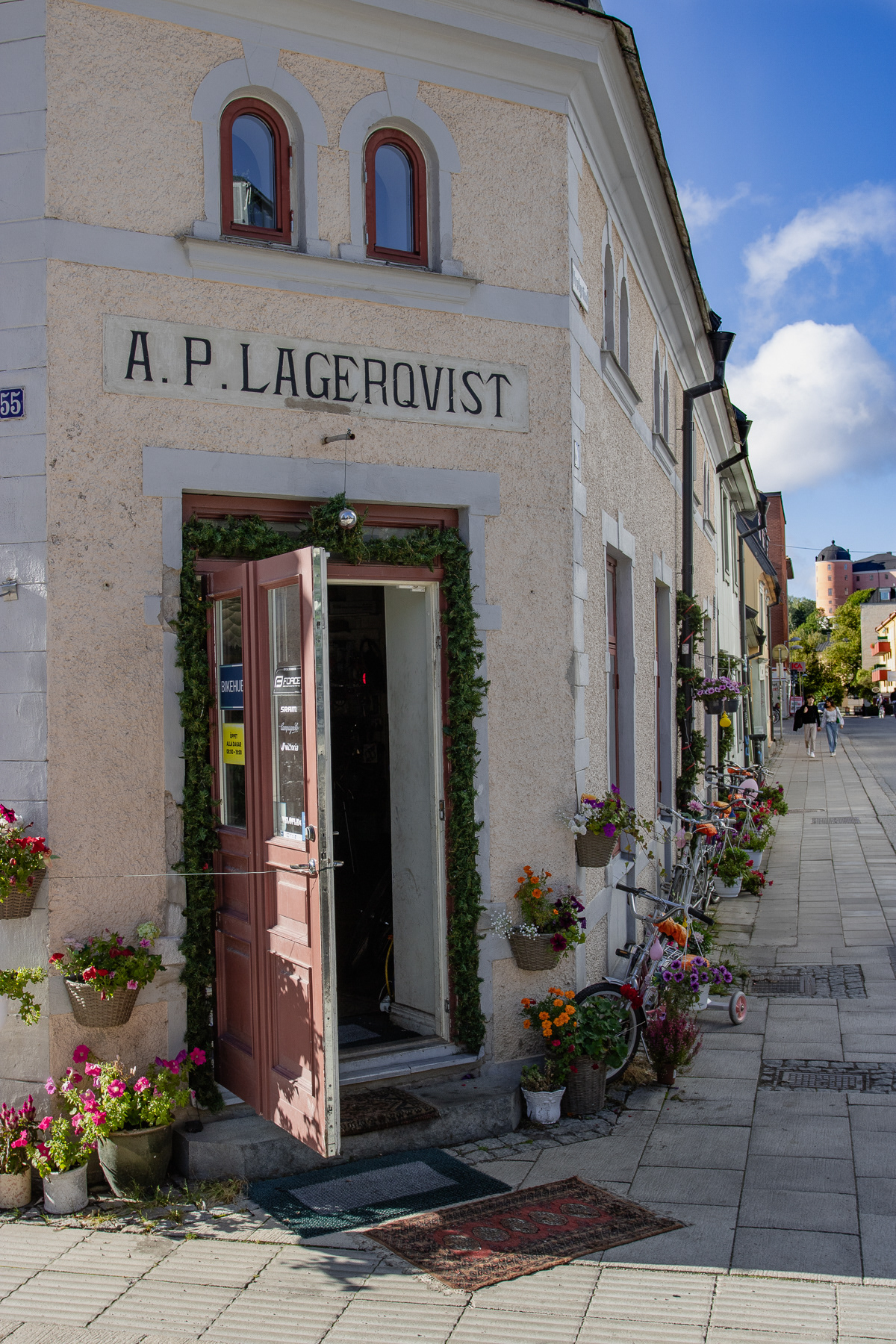
Bicycle workshop at Vretgränd, September 2025.
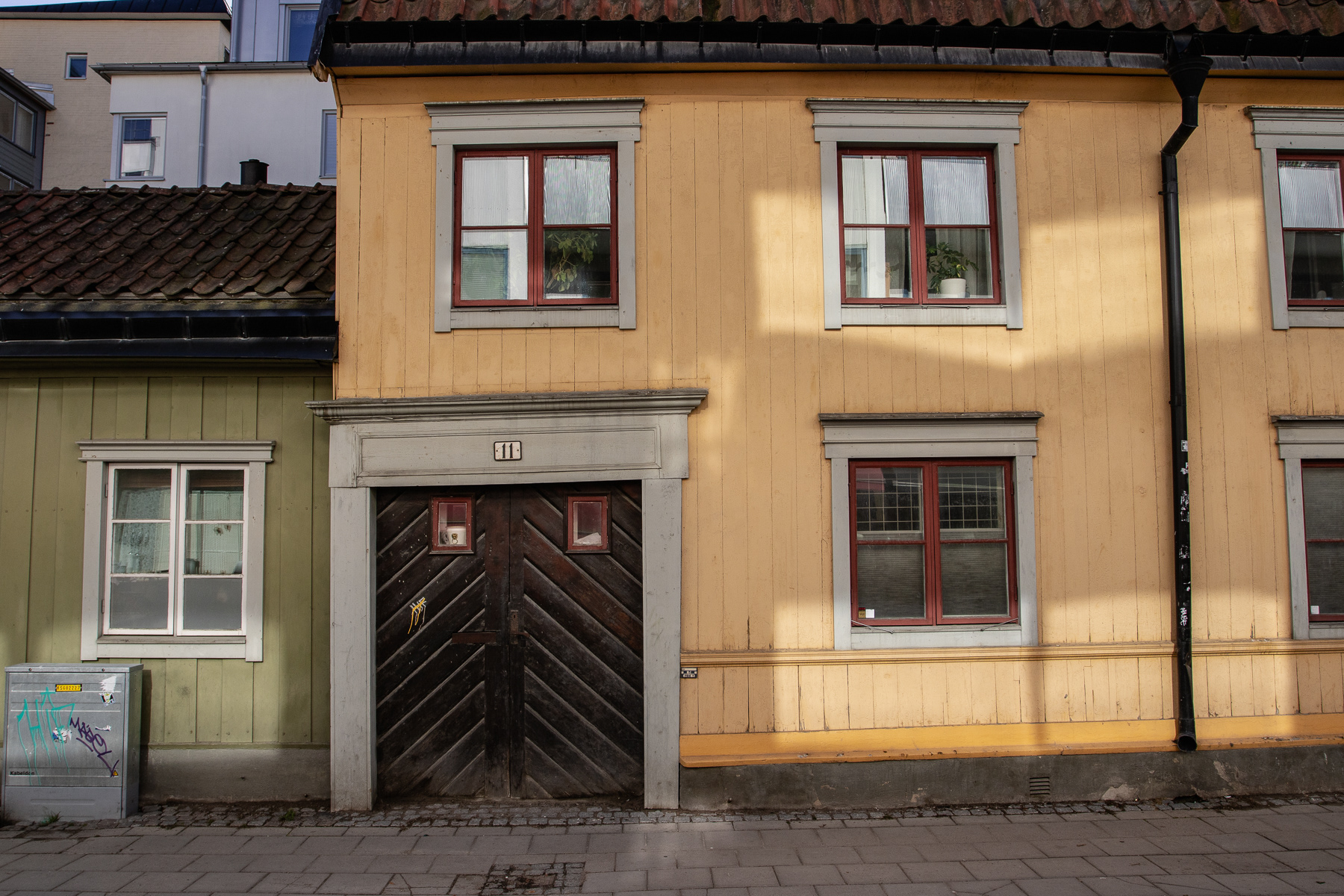
A house at Vretgränd, September 2025.
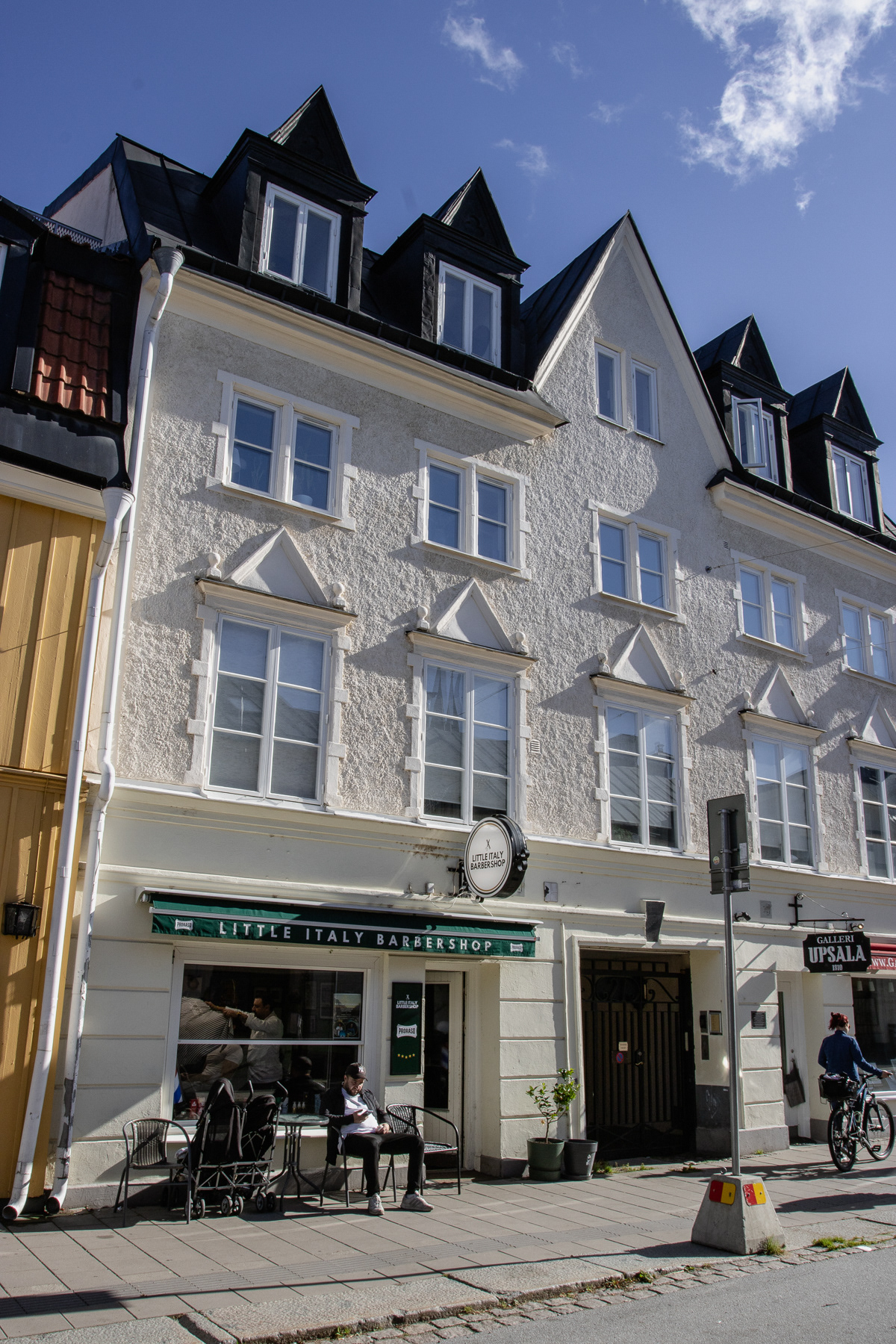
Cafés and shops at Svartbäcksgatan, September 2025.
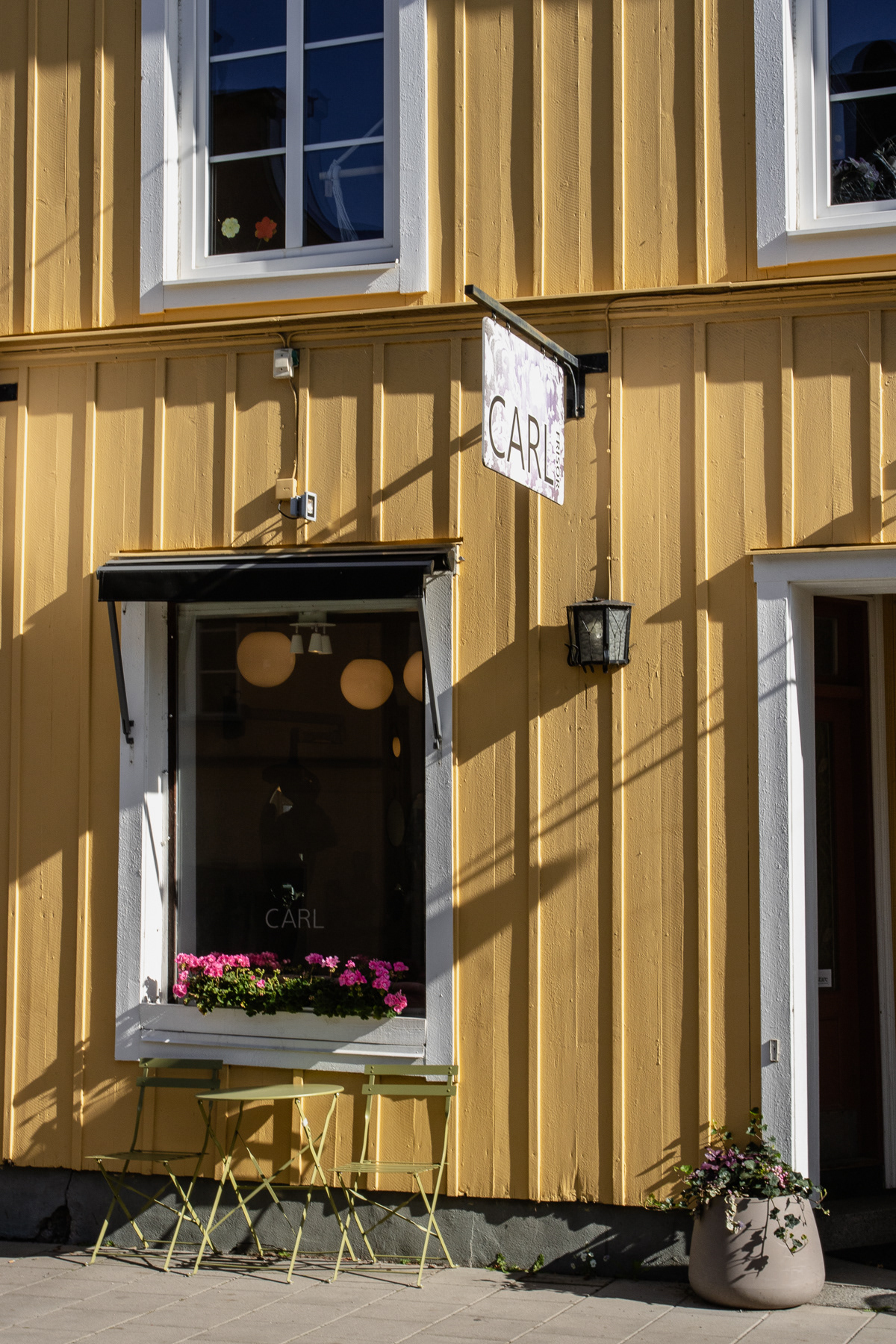
Inside the Uppsala City Library (Stadsbiblioteket), September 2025.
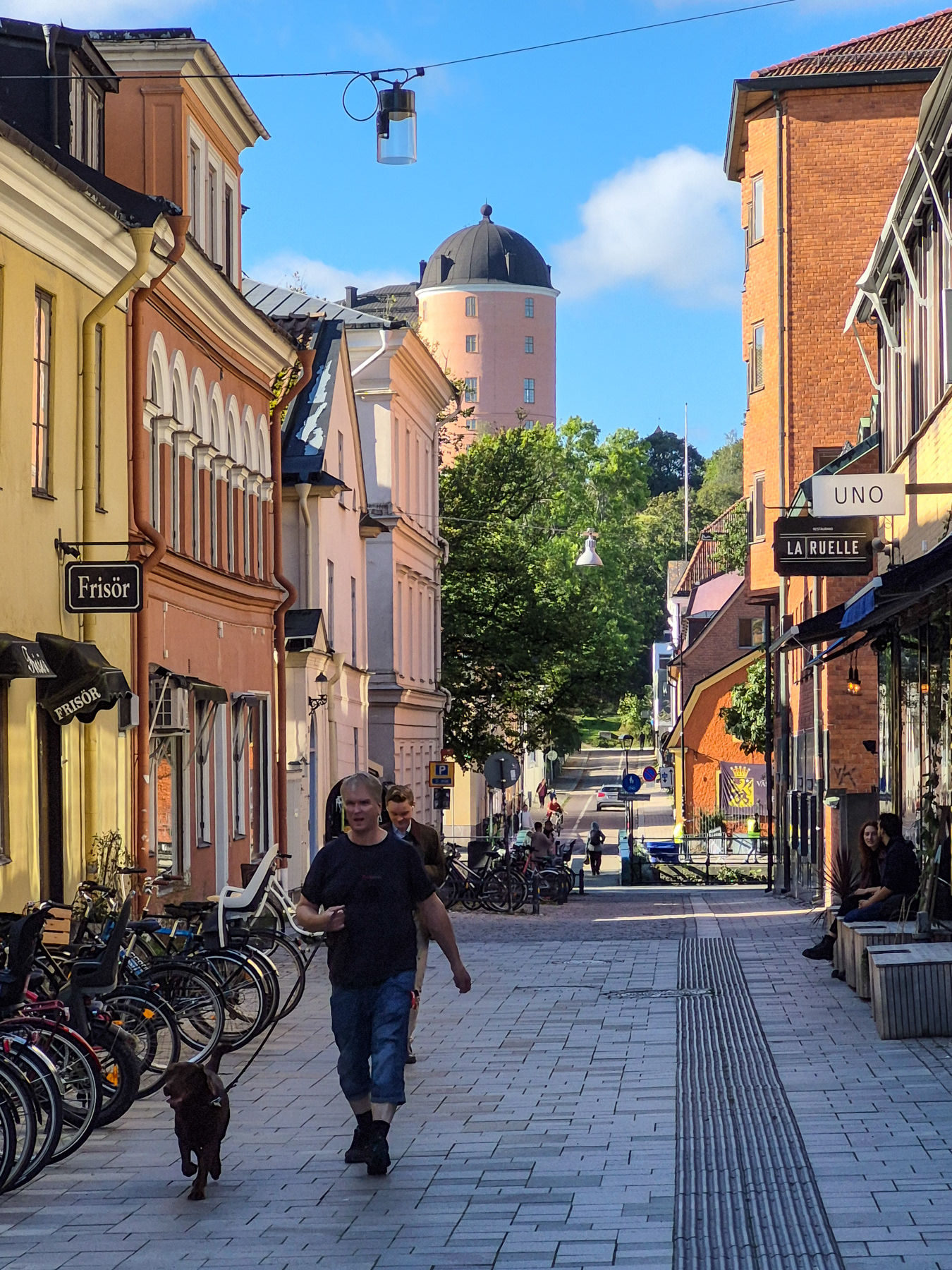
View at Uppsala Slott, September 2025.
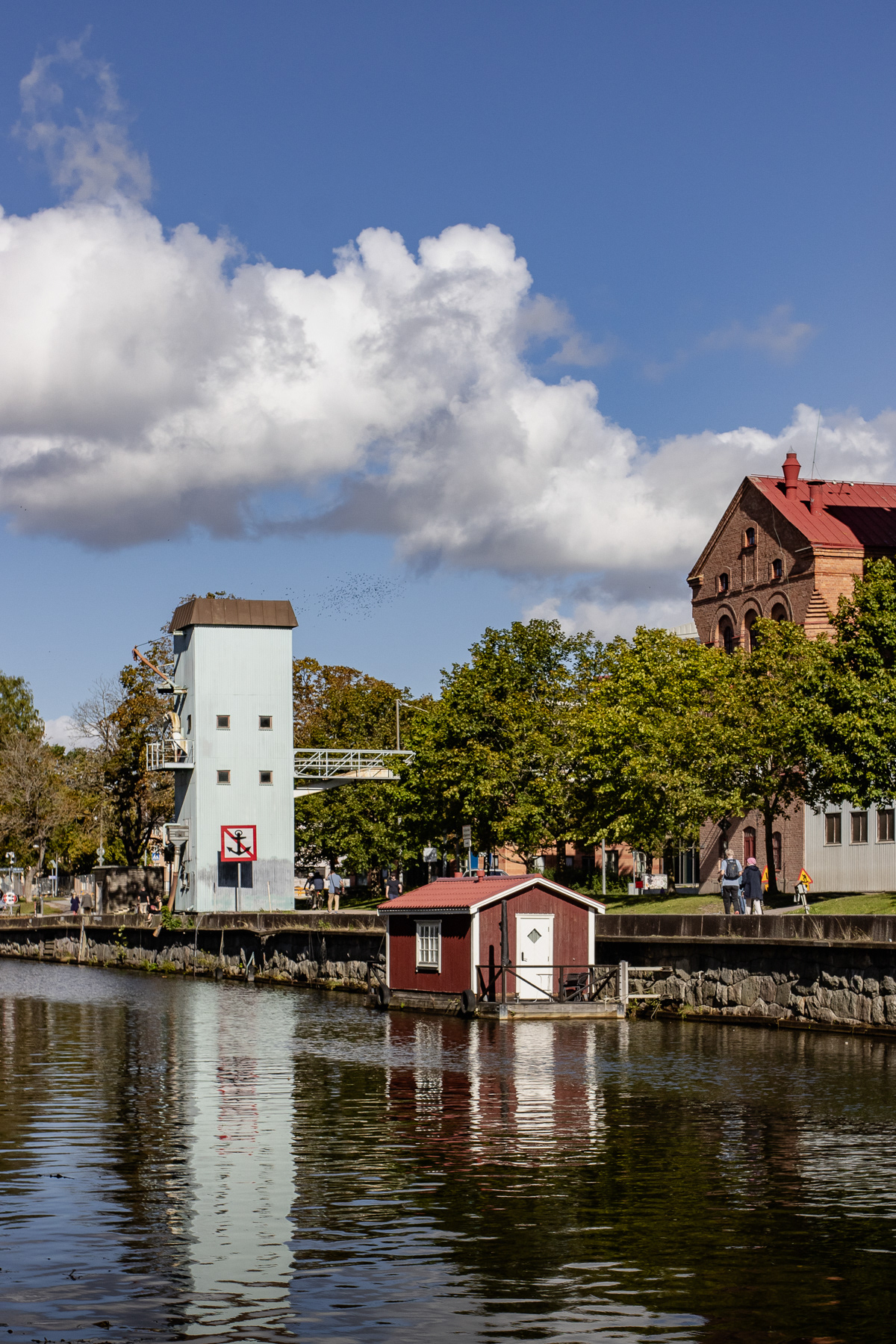
At the Fyrisån River, September 2025.
At the Fyrisån River, September 2025.

The cathedral and the Fyrisån river.
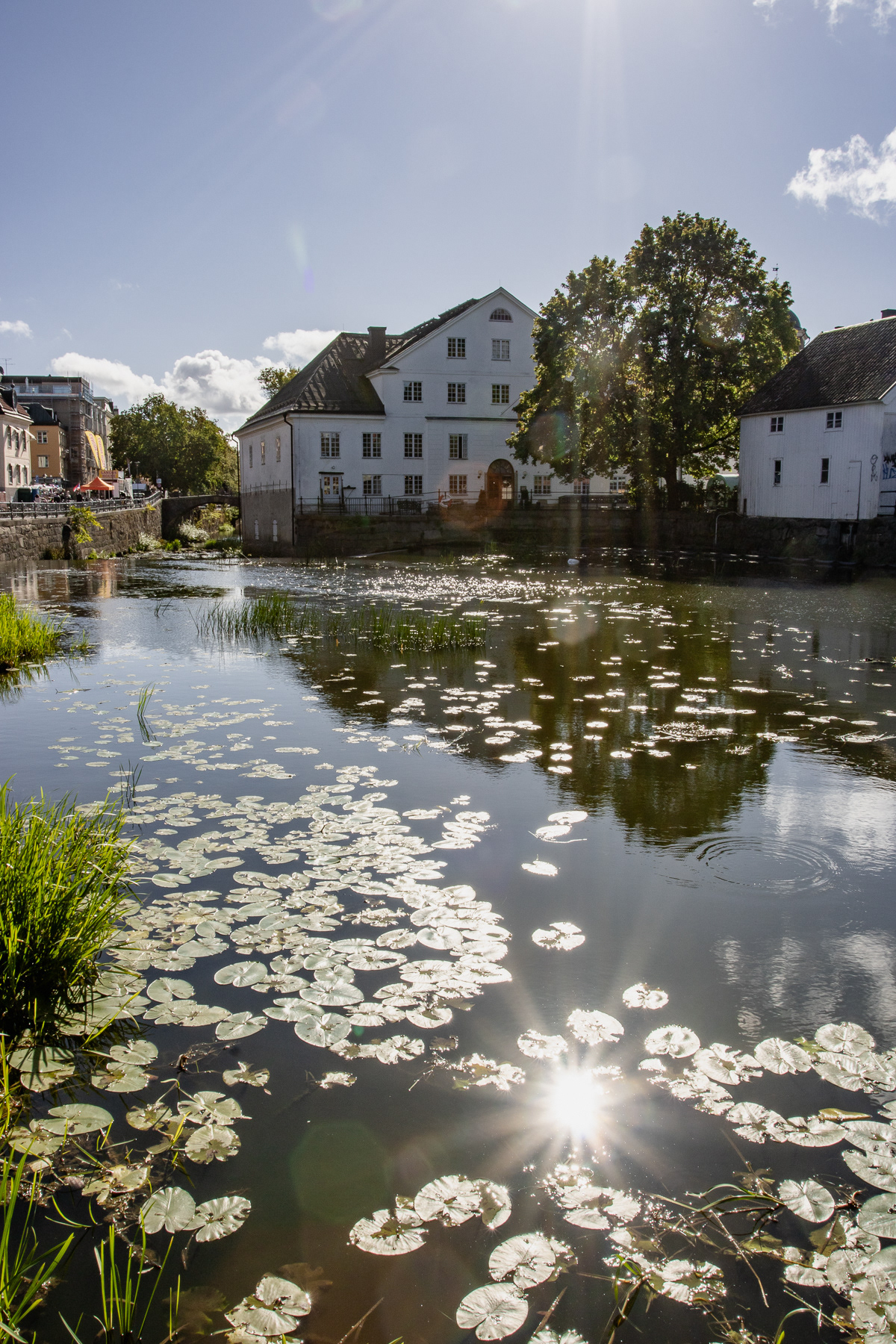
Upplands Museum.
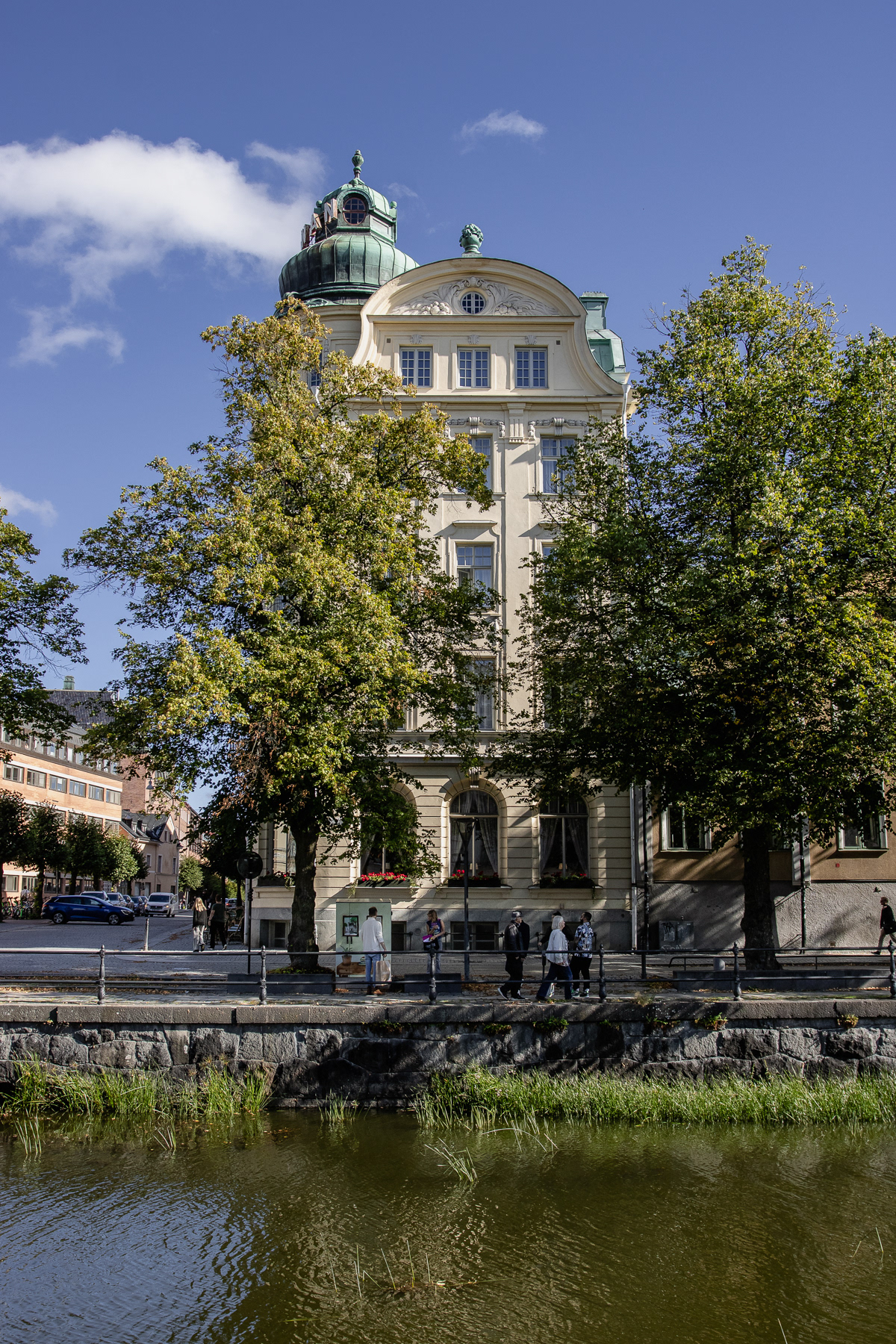
Hotel Hörnan

The boat Sjösala at the city park.
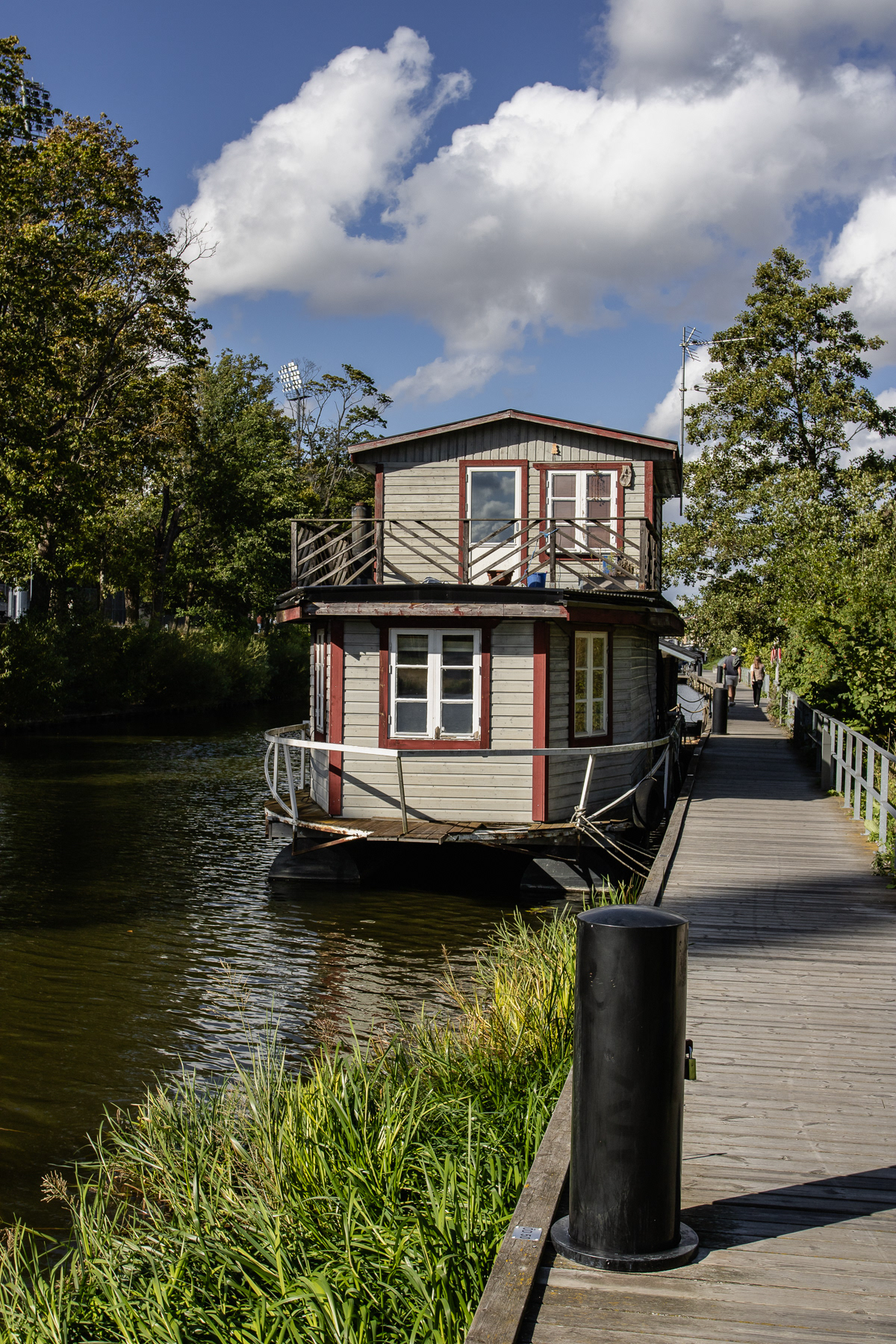
Houseboat at the Fyrisån river.
The botanical gardens during the yearly spring Festival of Cultures.
The new residential area of Rosendal, September 2025.

Rare these days: it was -20 degrees Celsius at noon.

The cathedral during the yearly Festival of Light in October.
Inside the main university building (Universitetshuset)
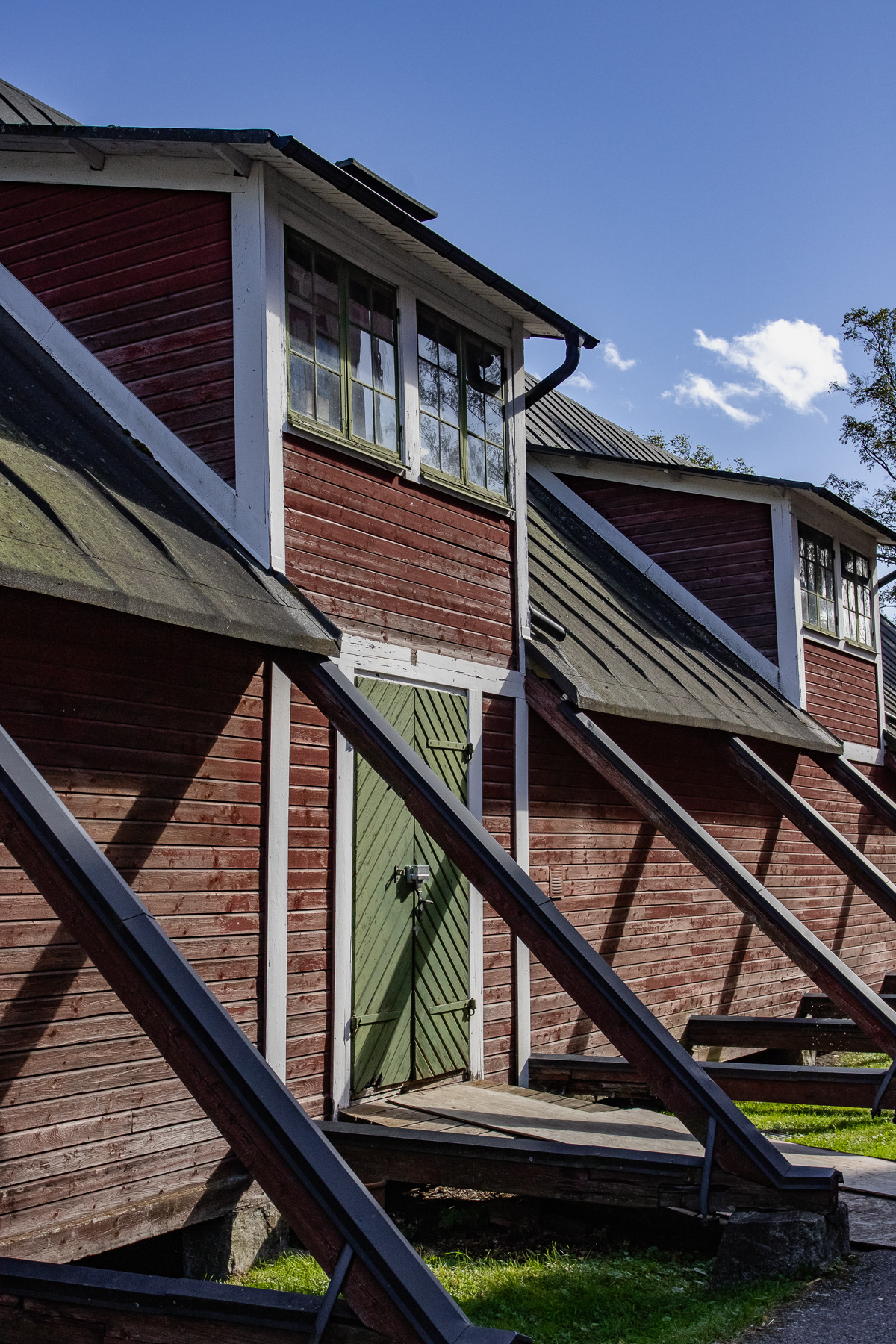
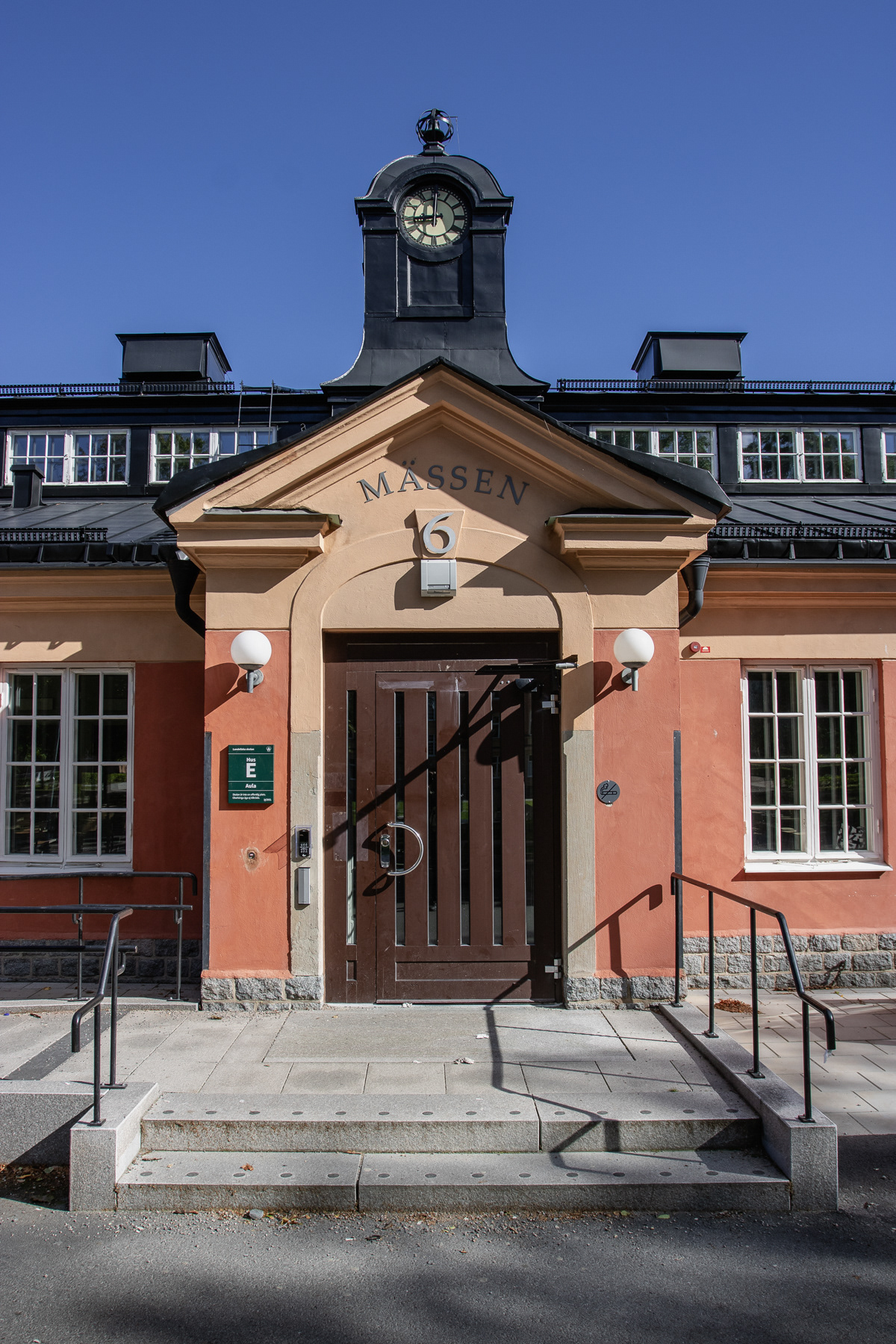
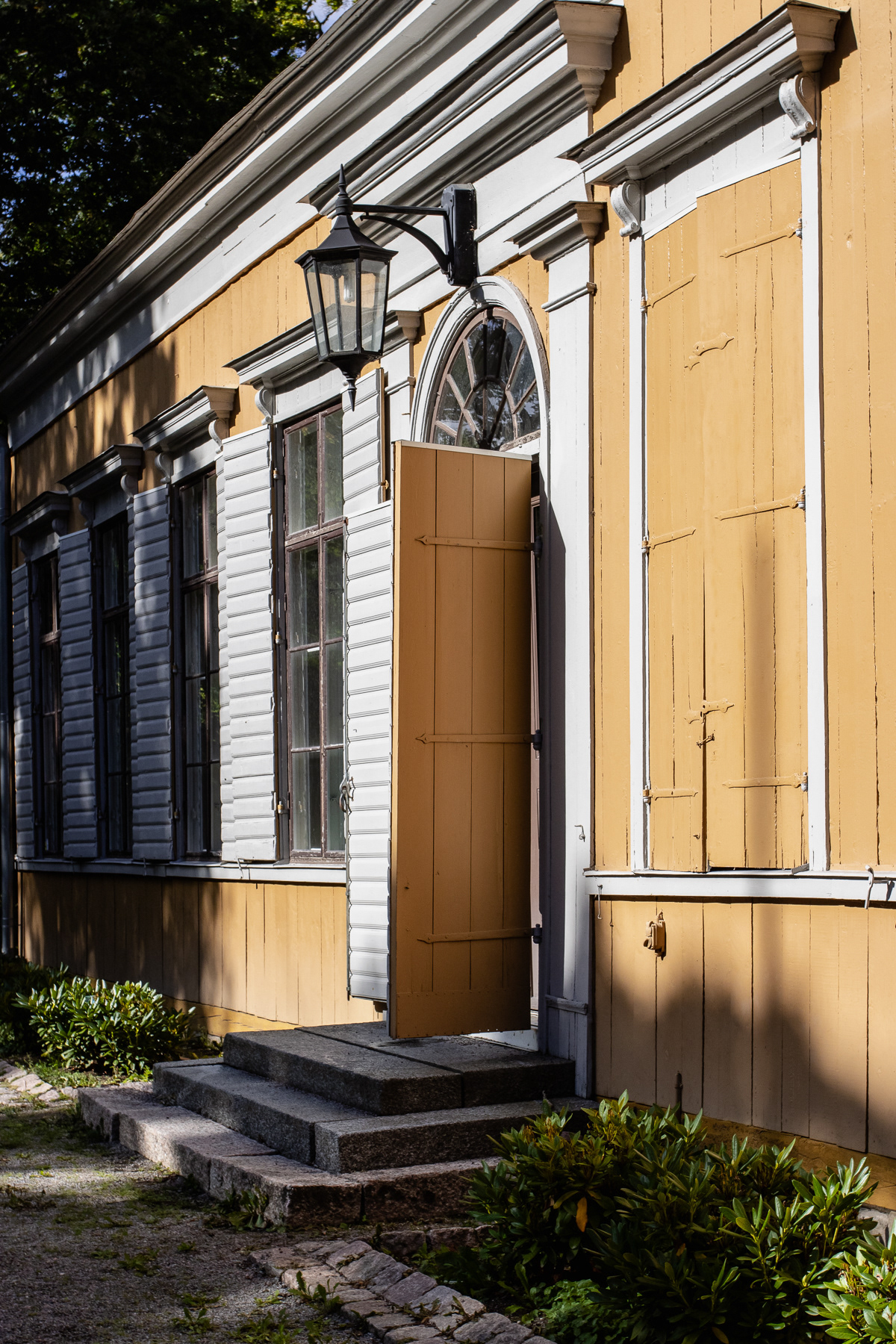
Former army buildings at Polacksbacken, September 2025.
In September, plenty of mushrooms can be found anywhere.
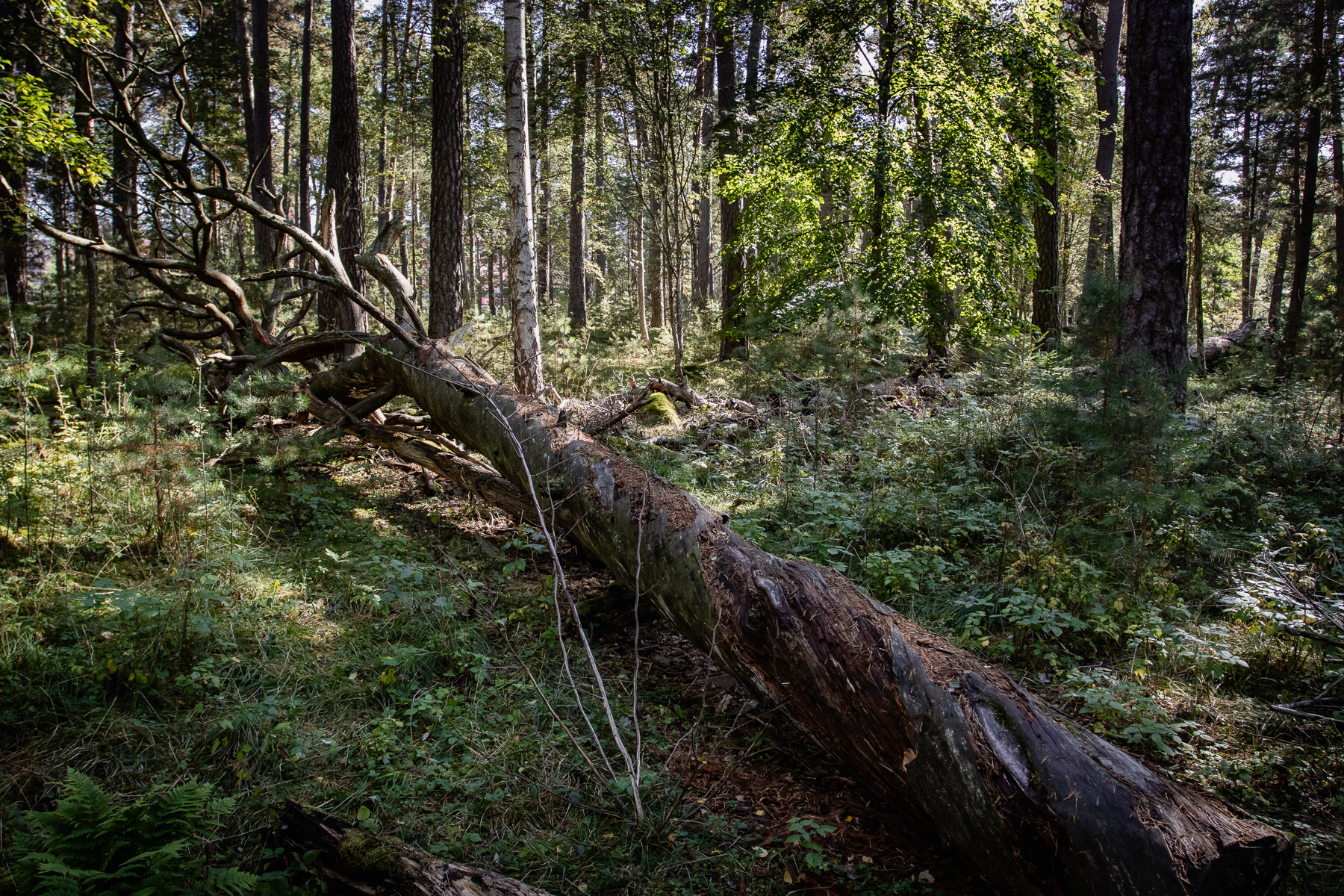
Slight more raw nature in the nearby Kronsparken (Crown Park) Nature Reserve, September 2025.
